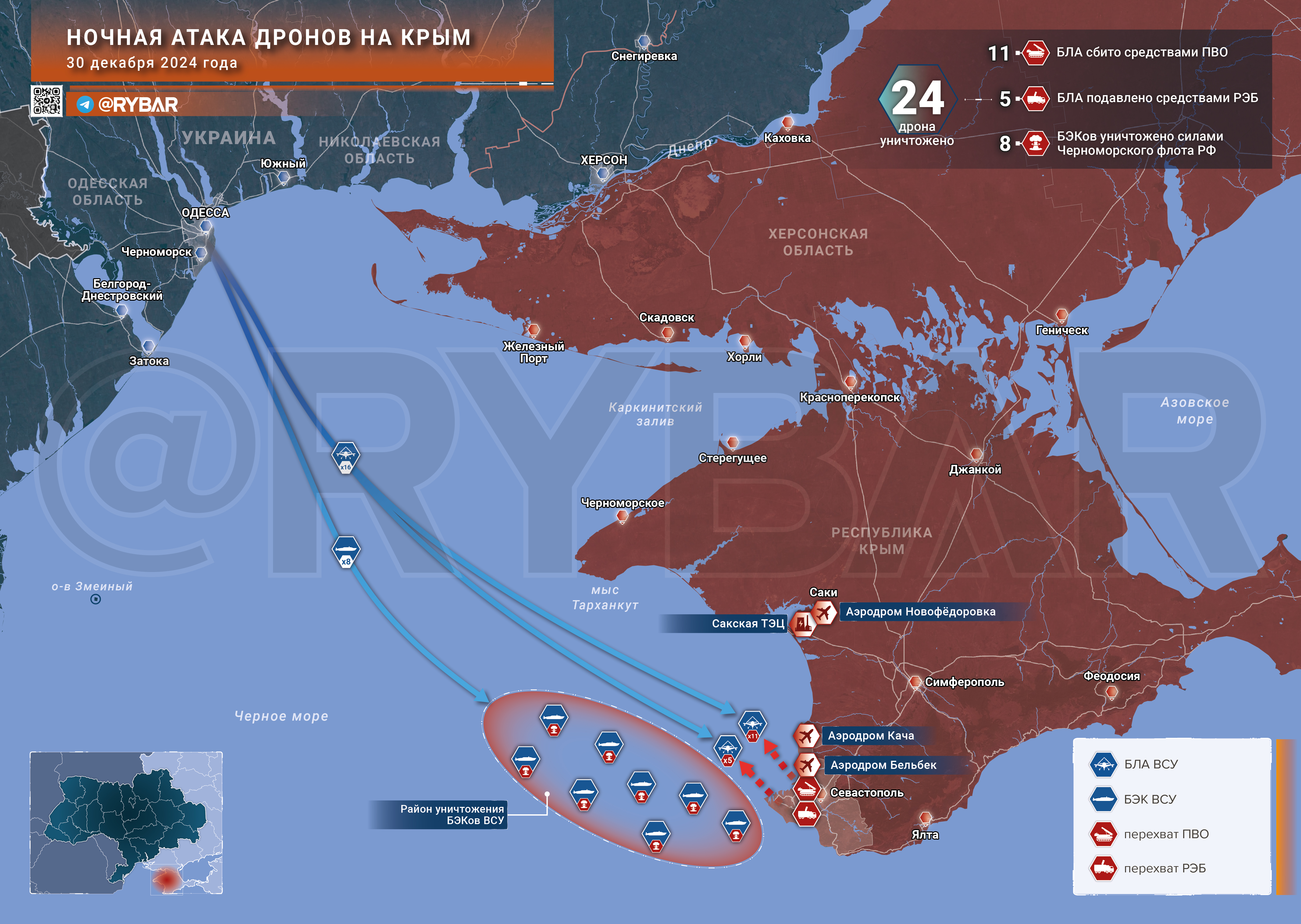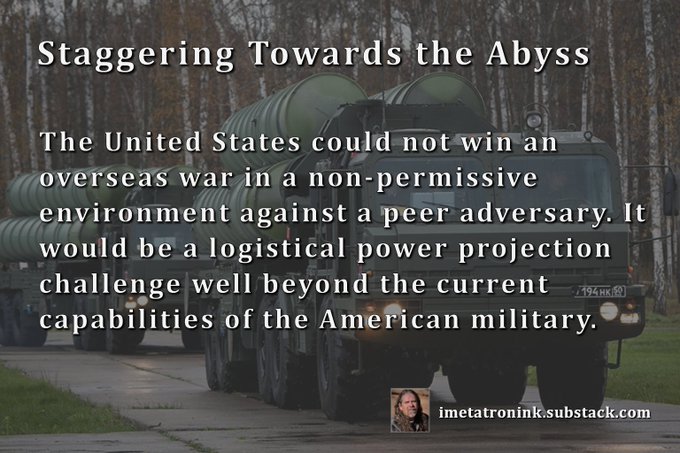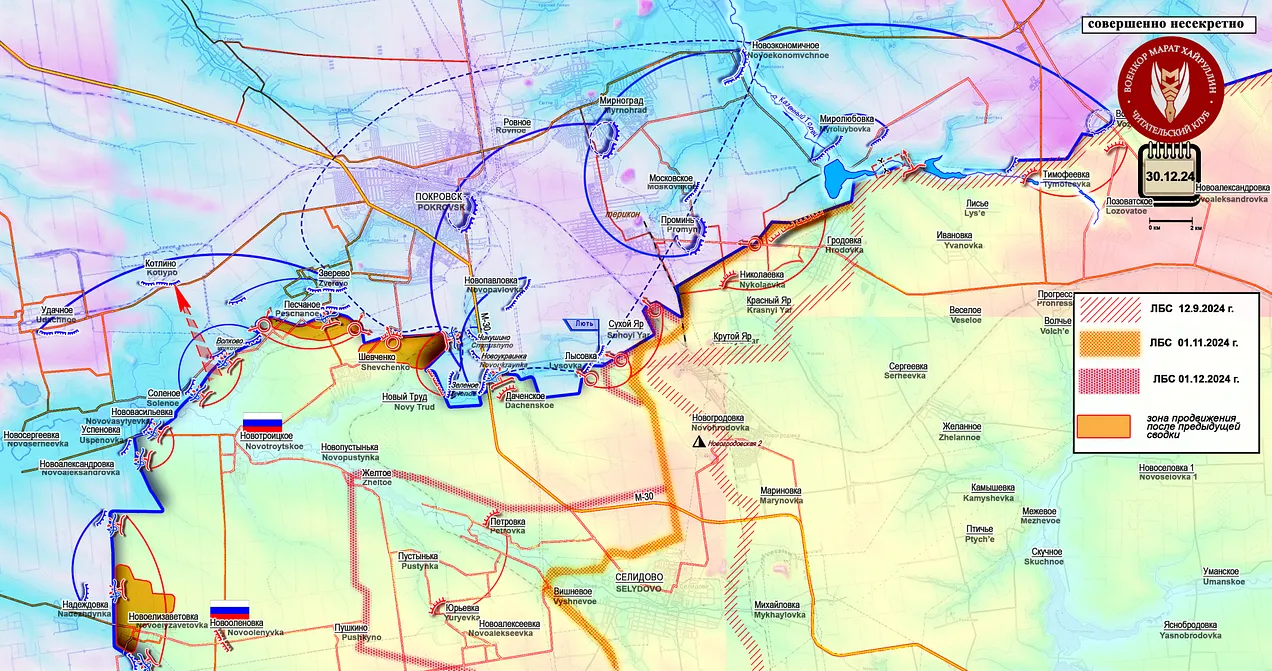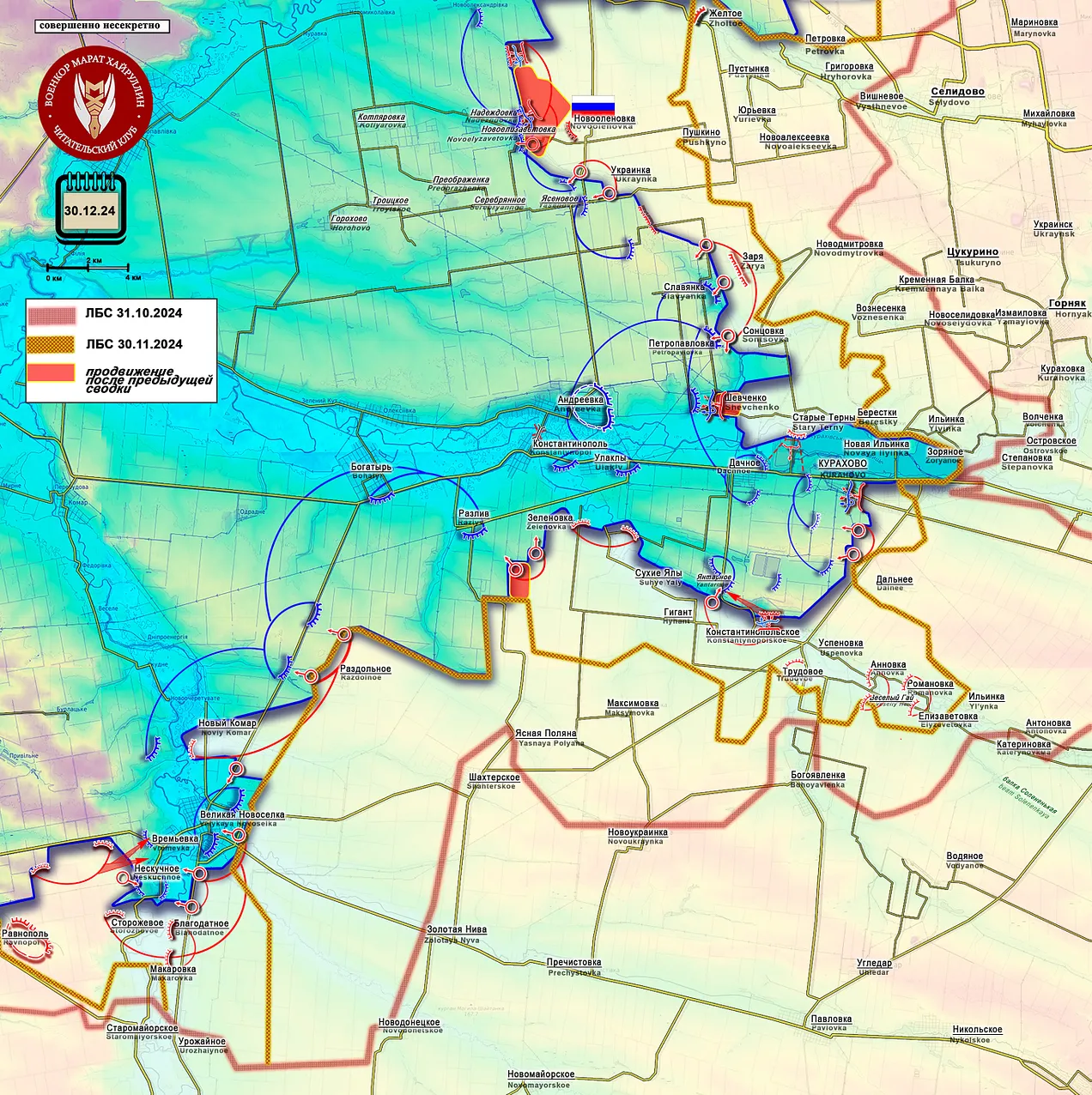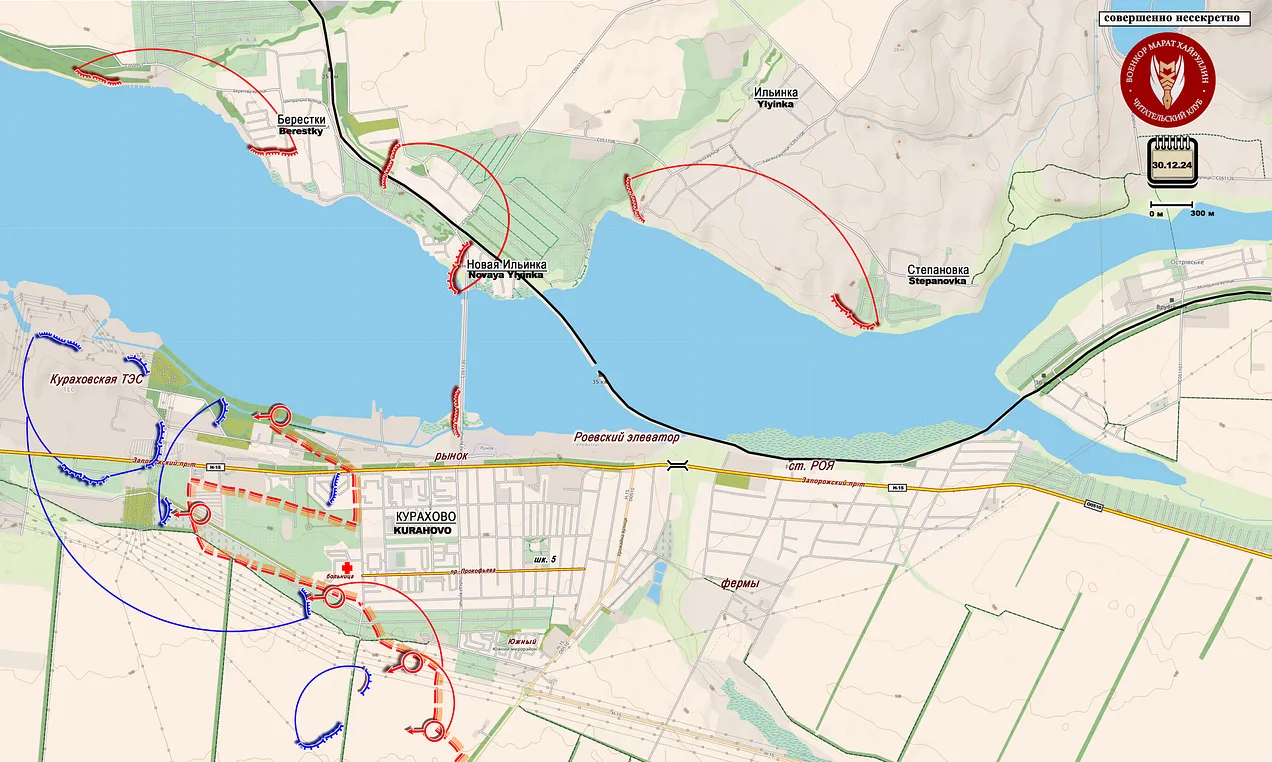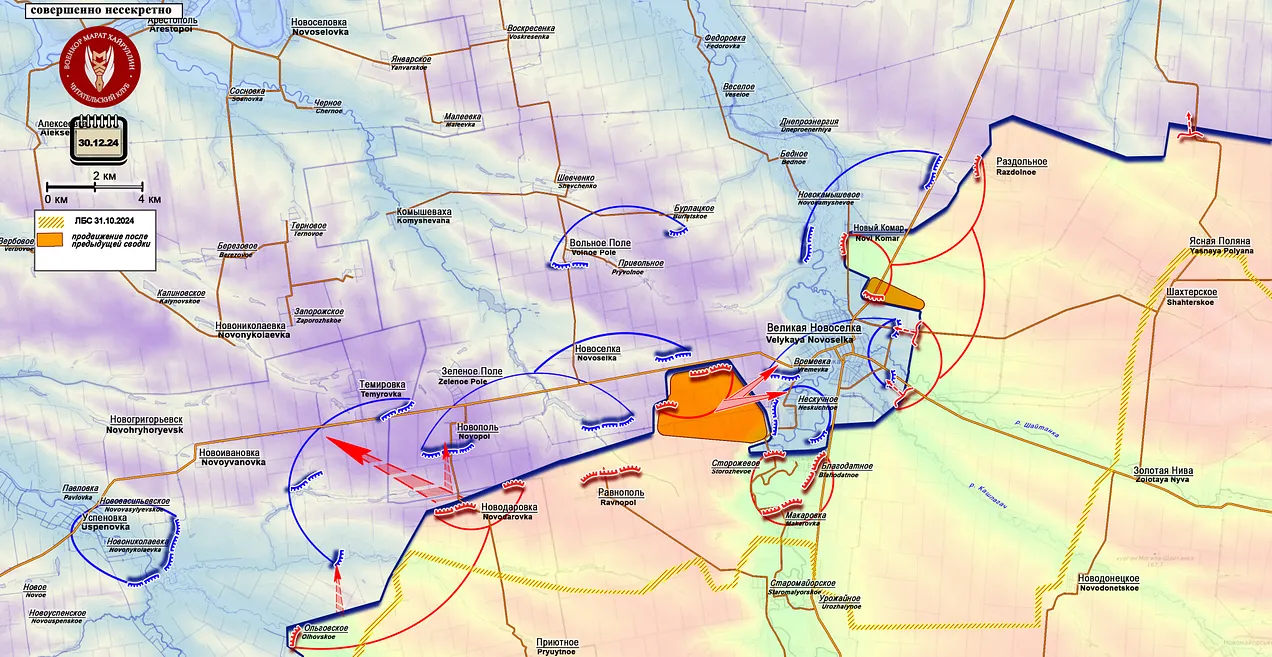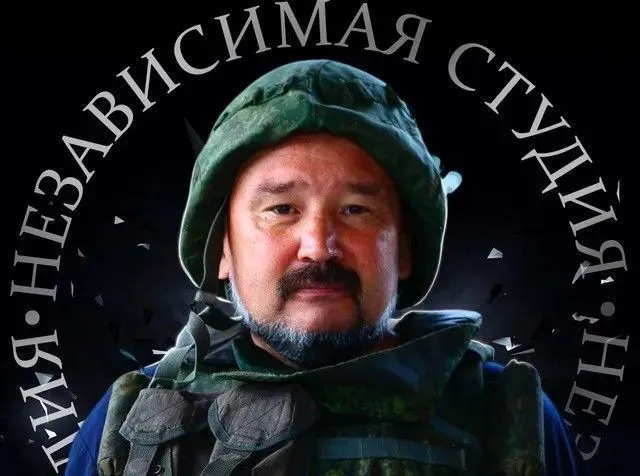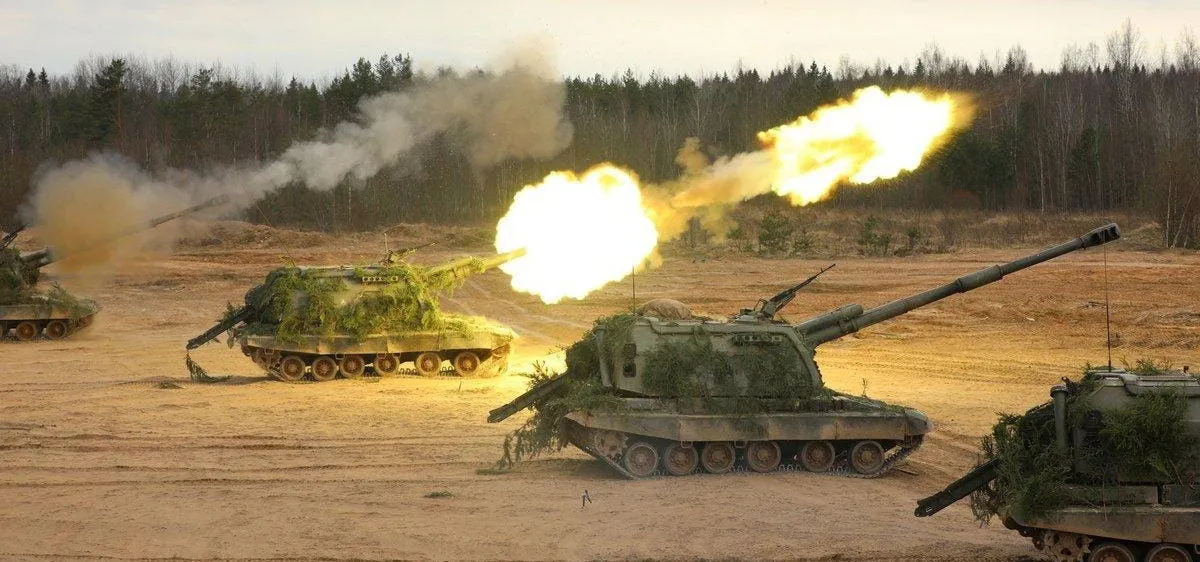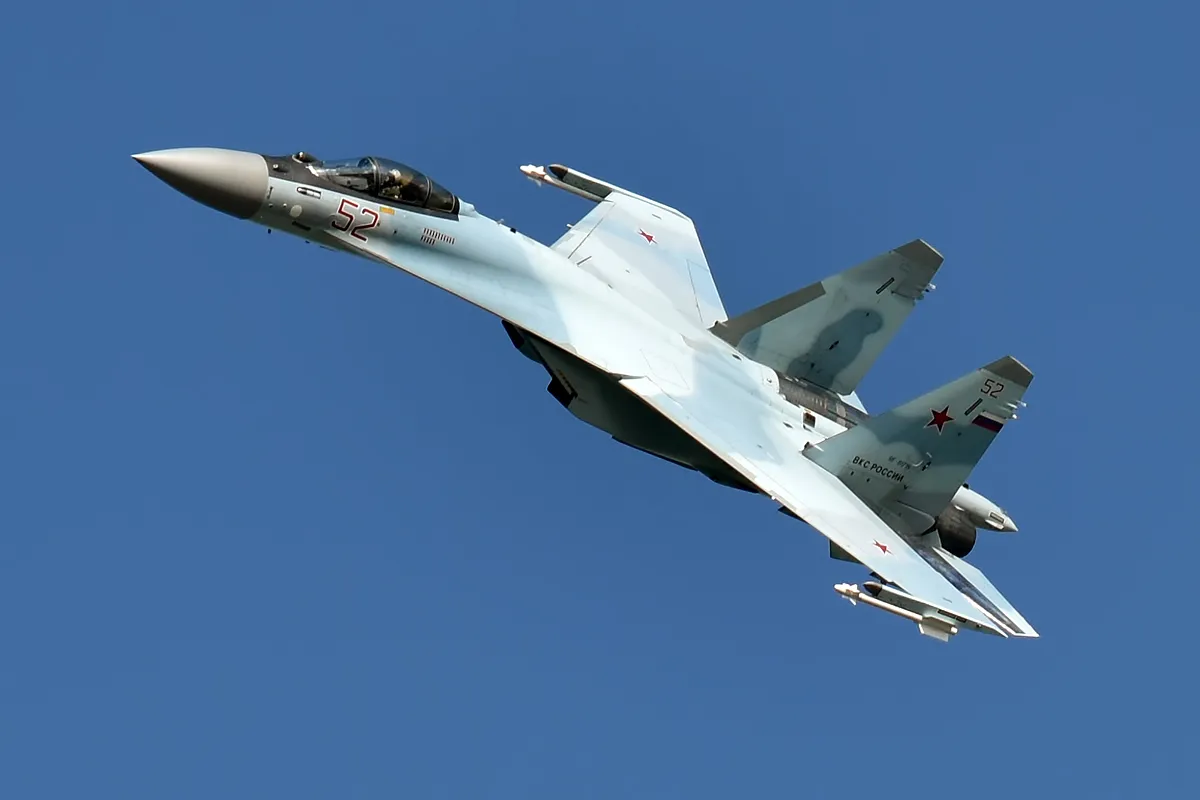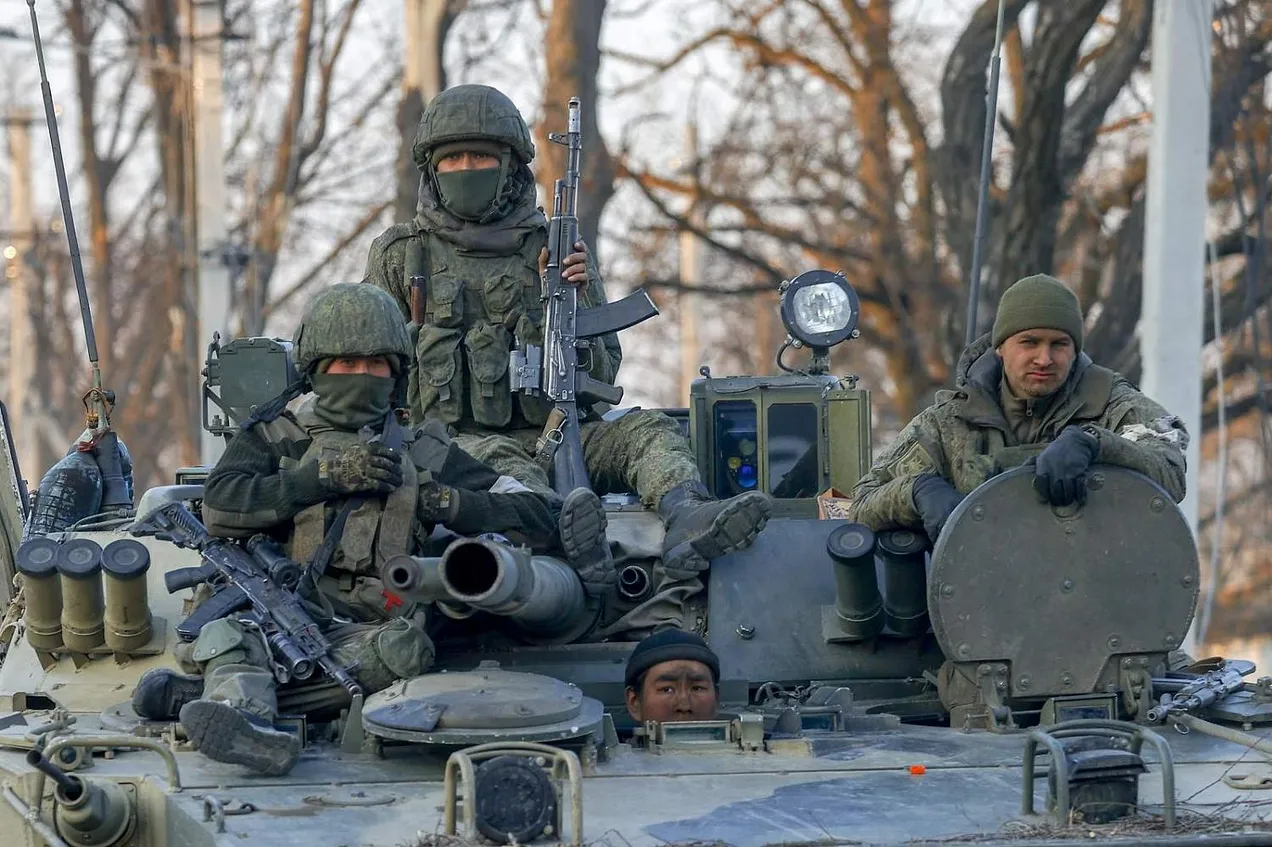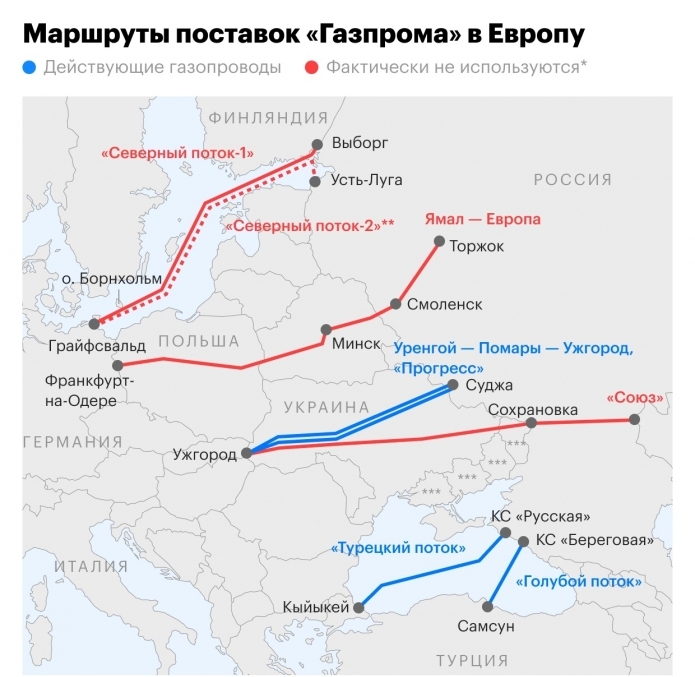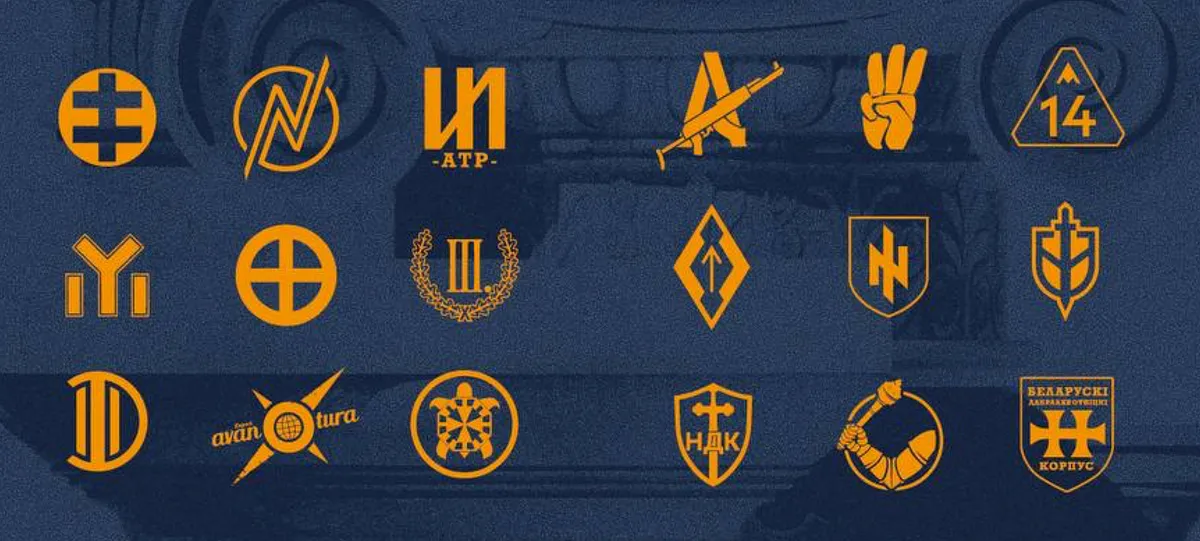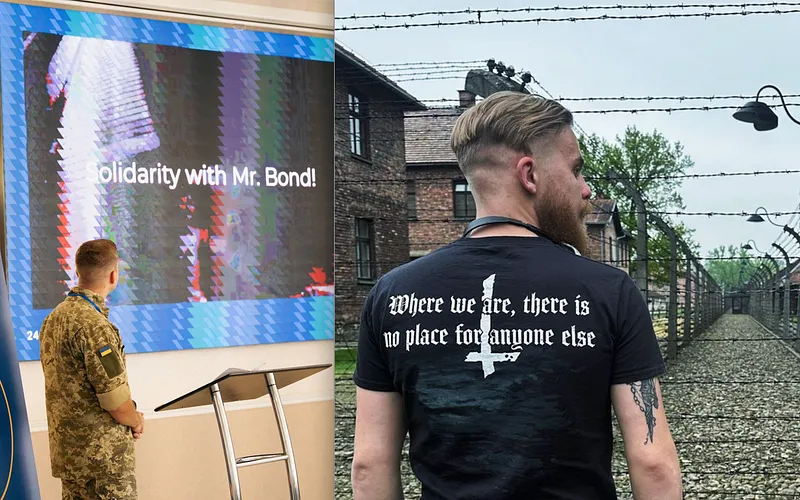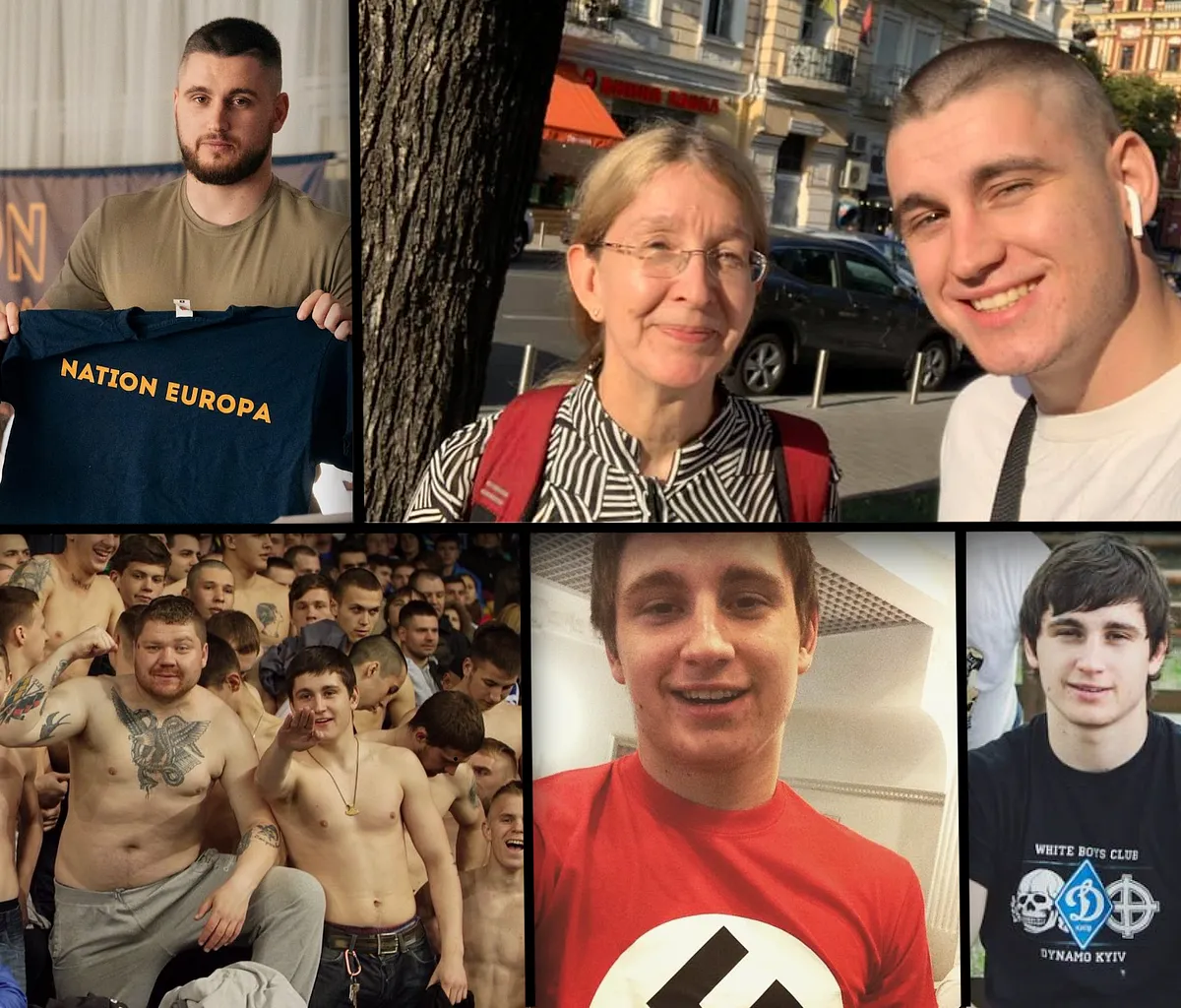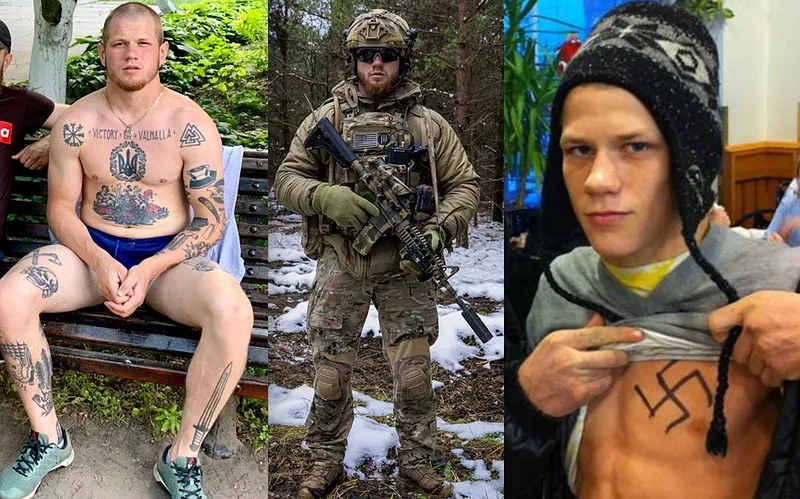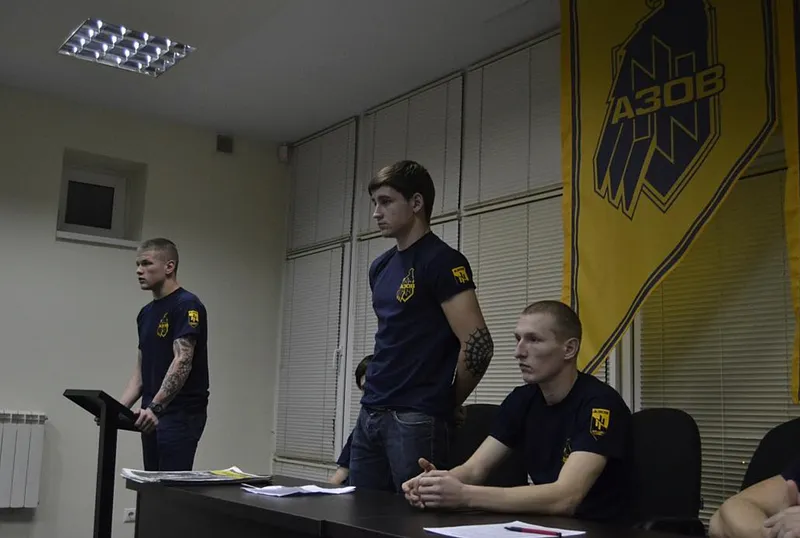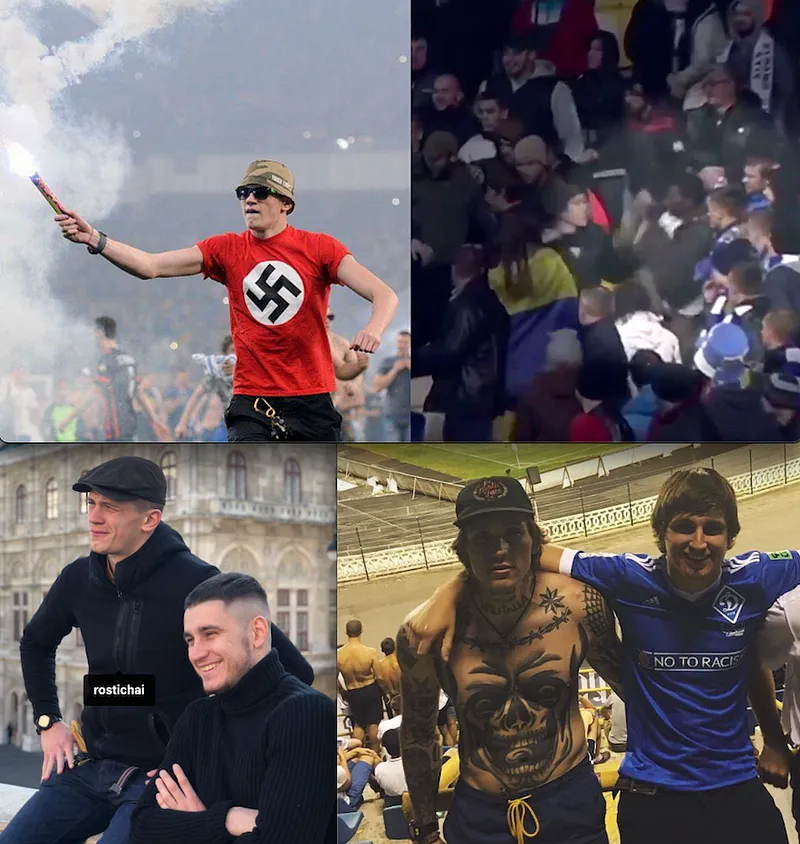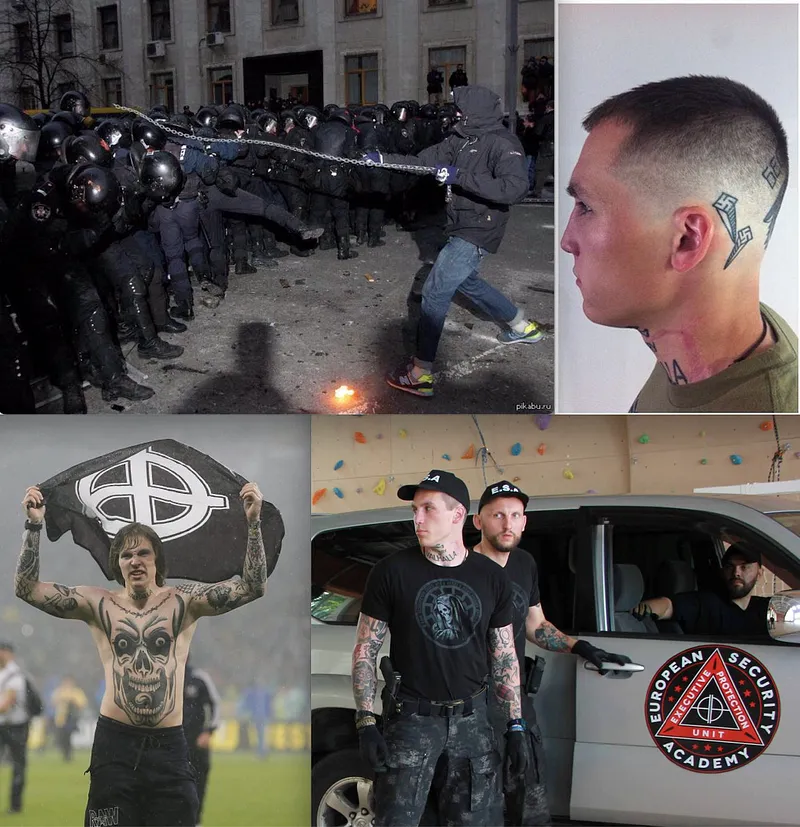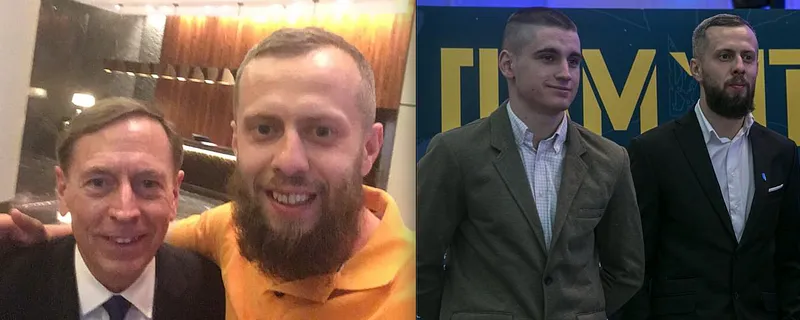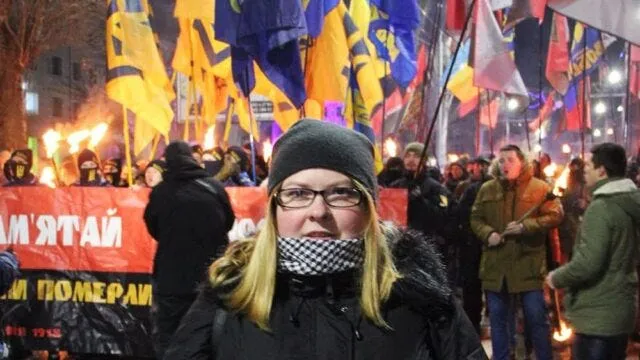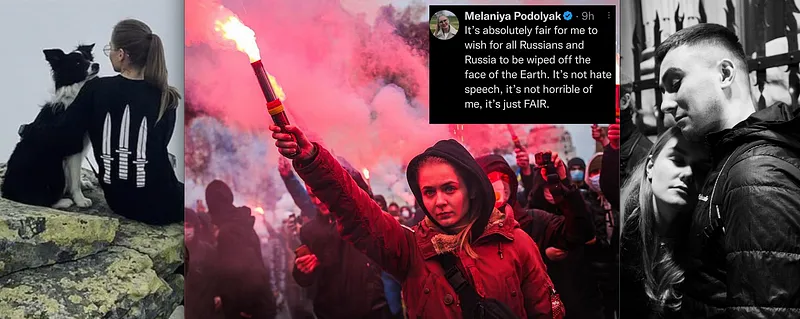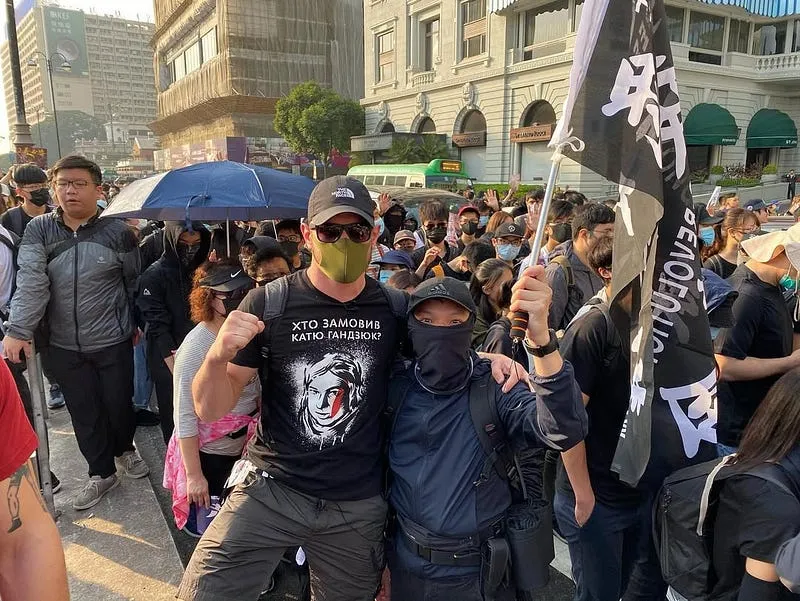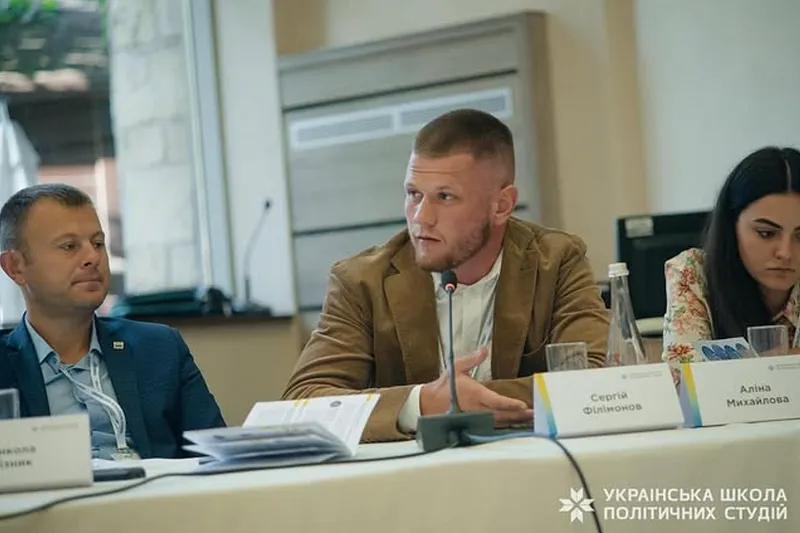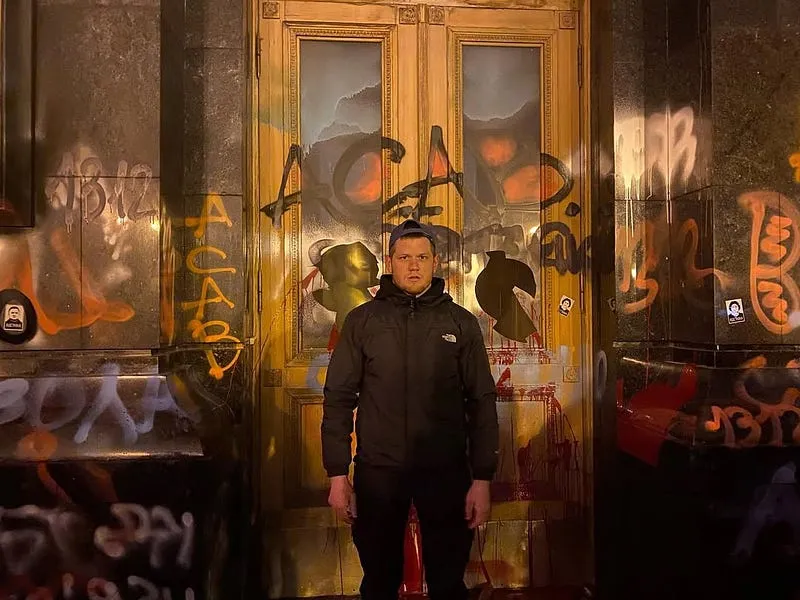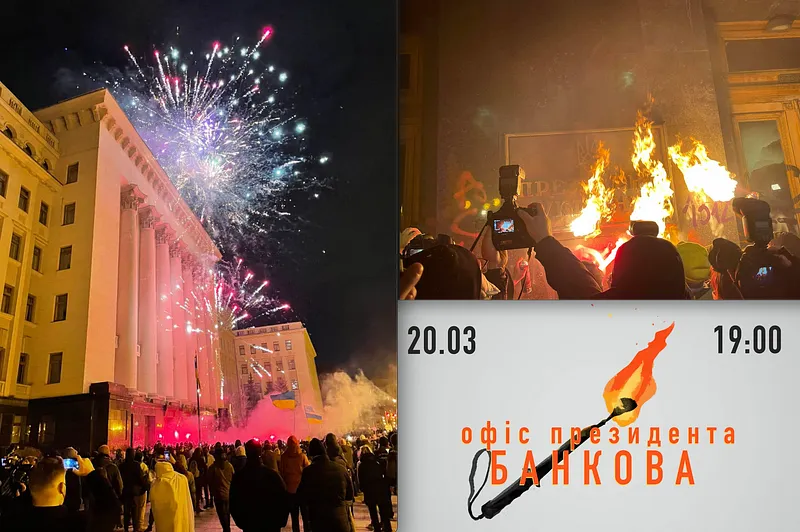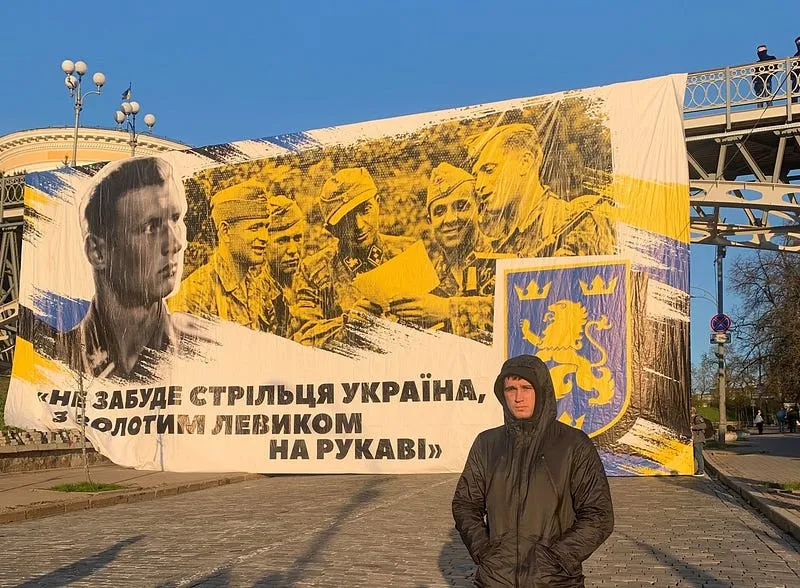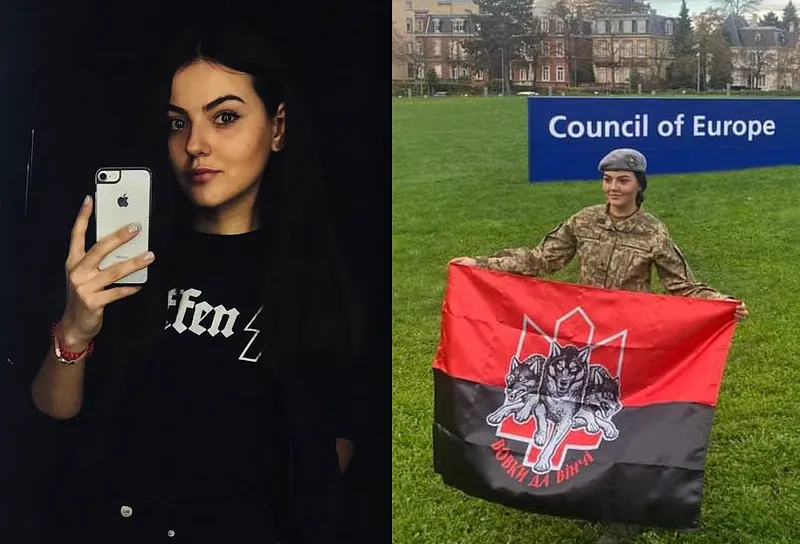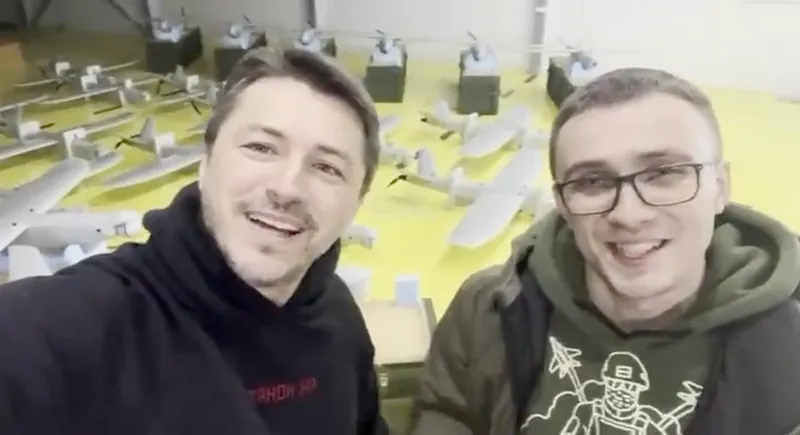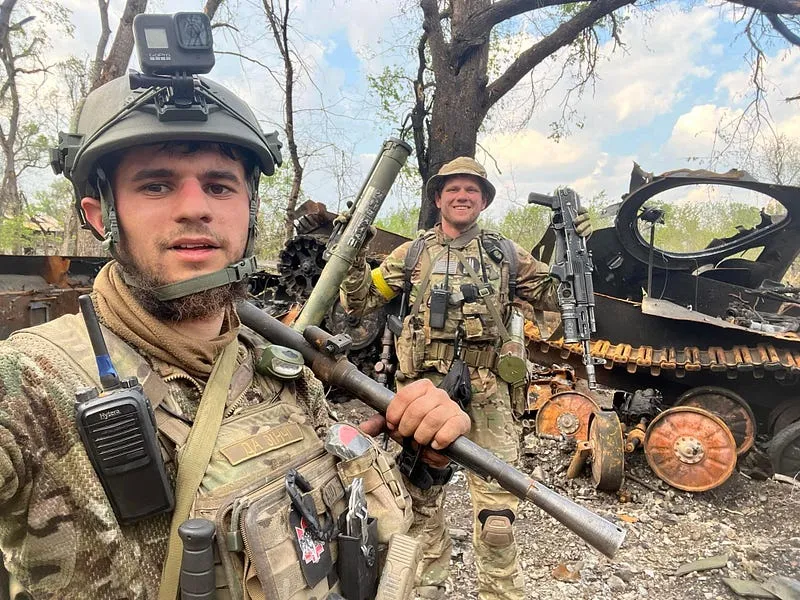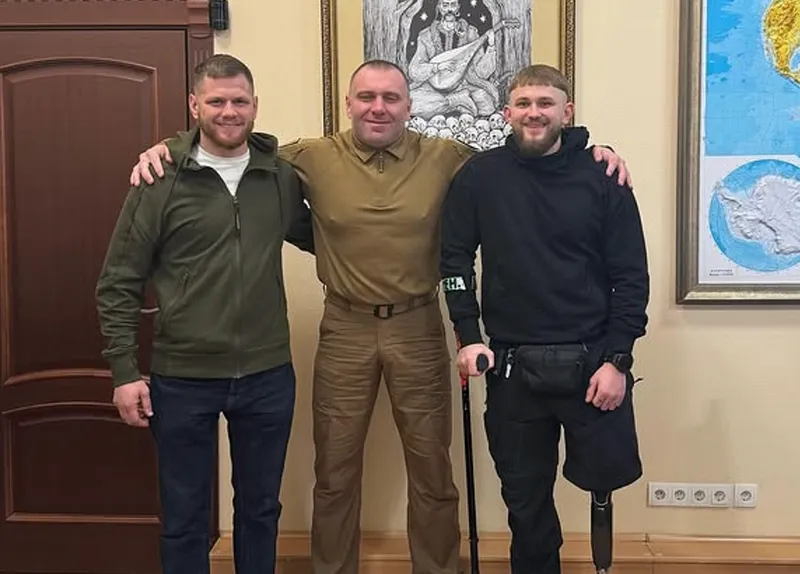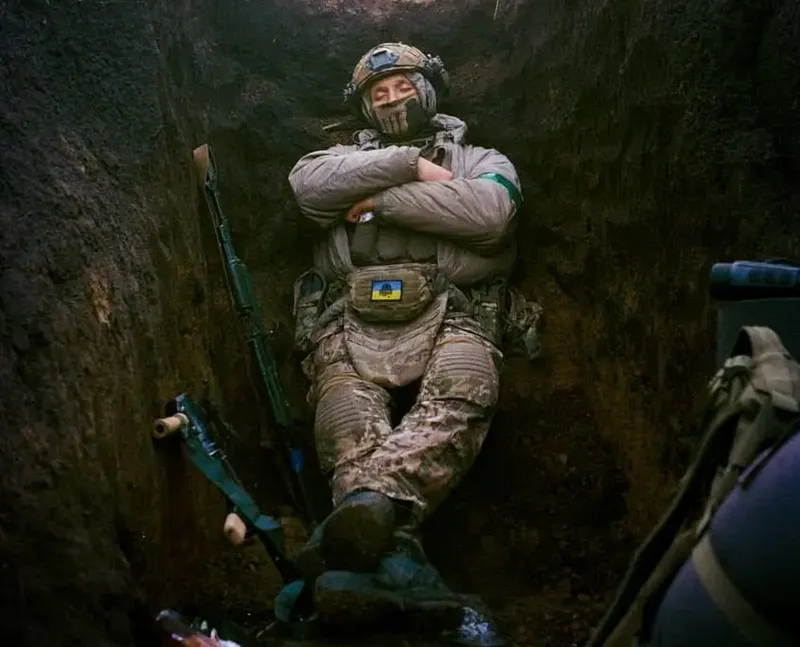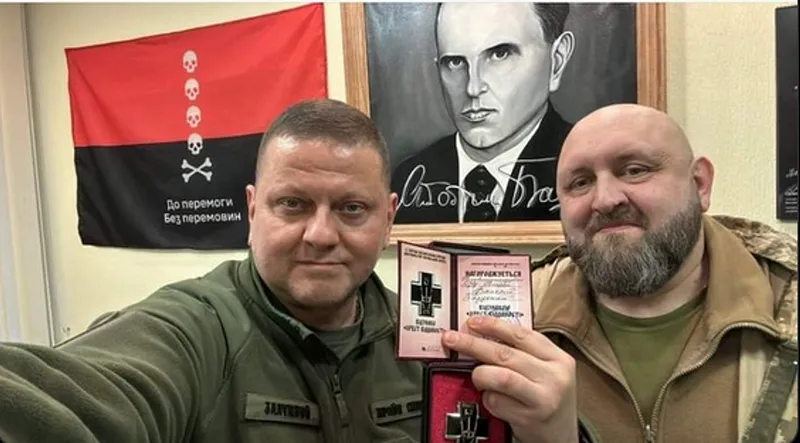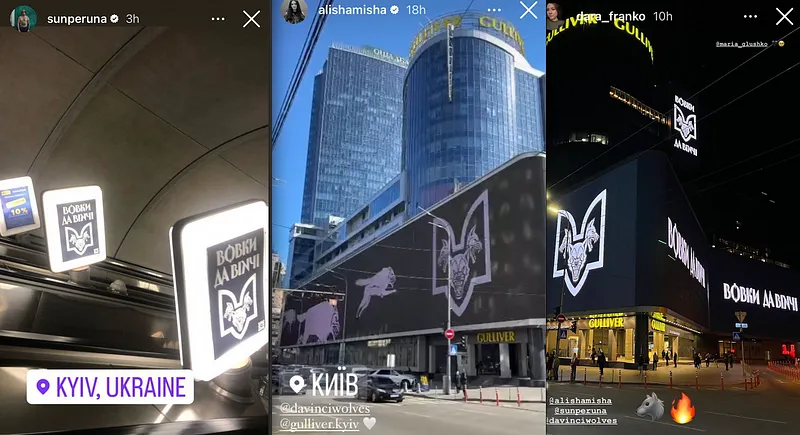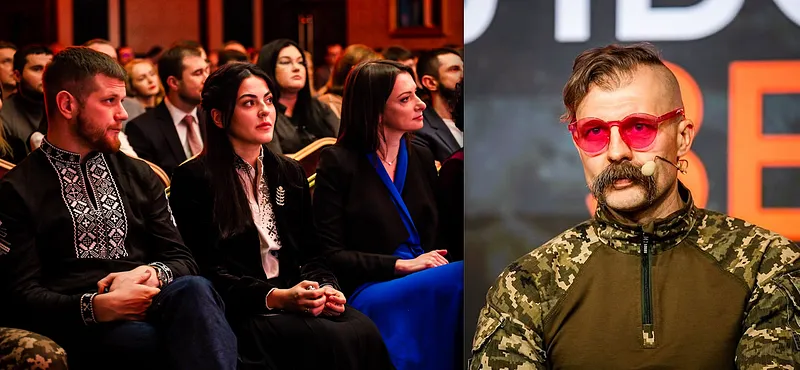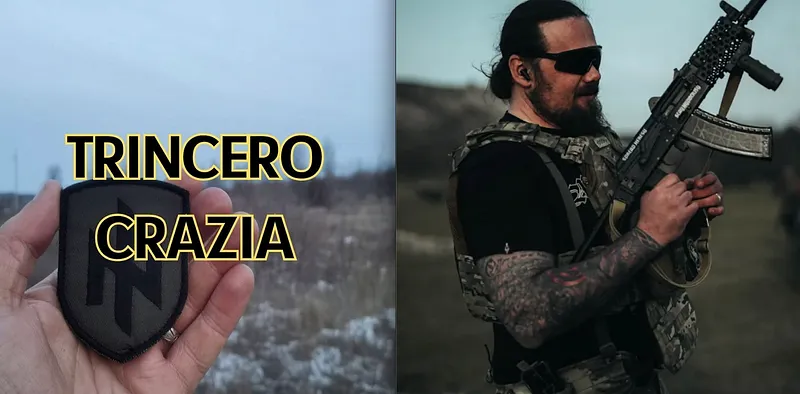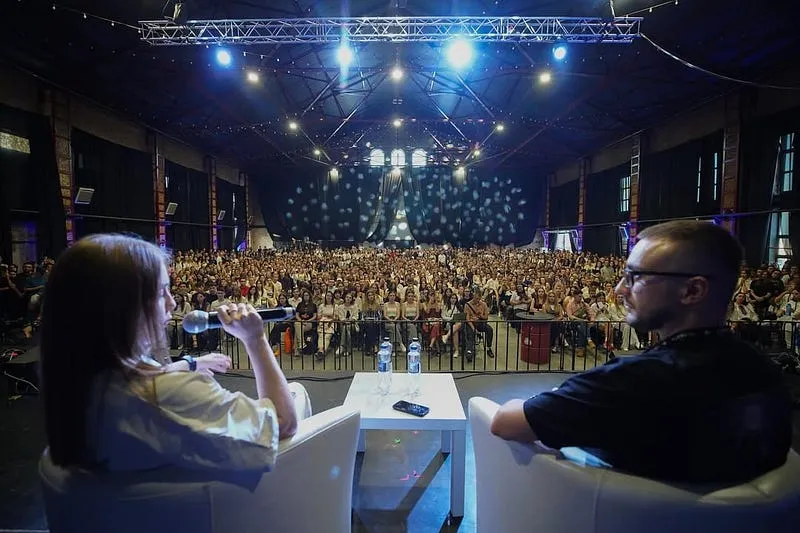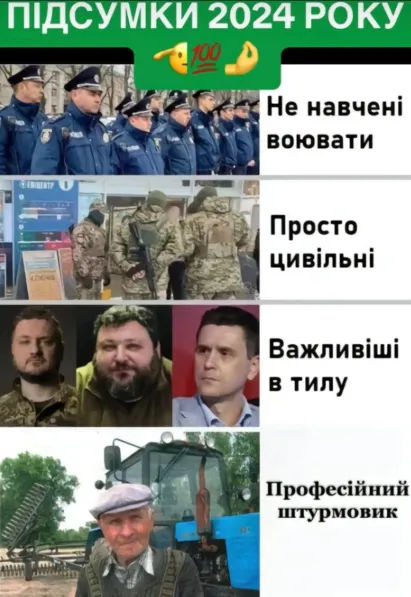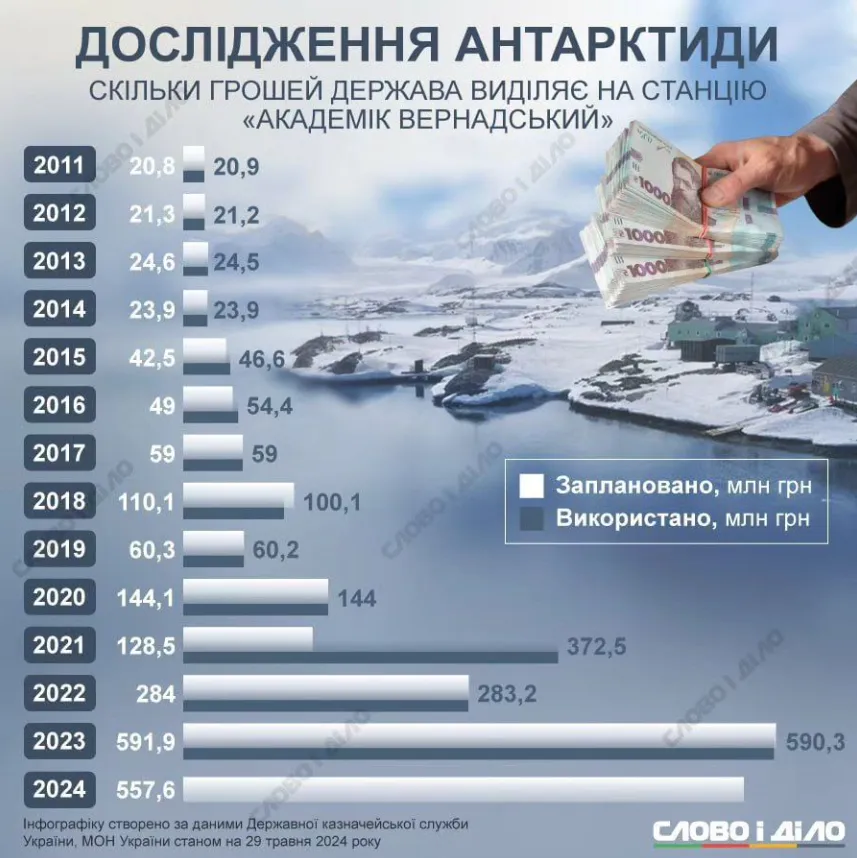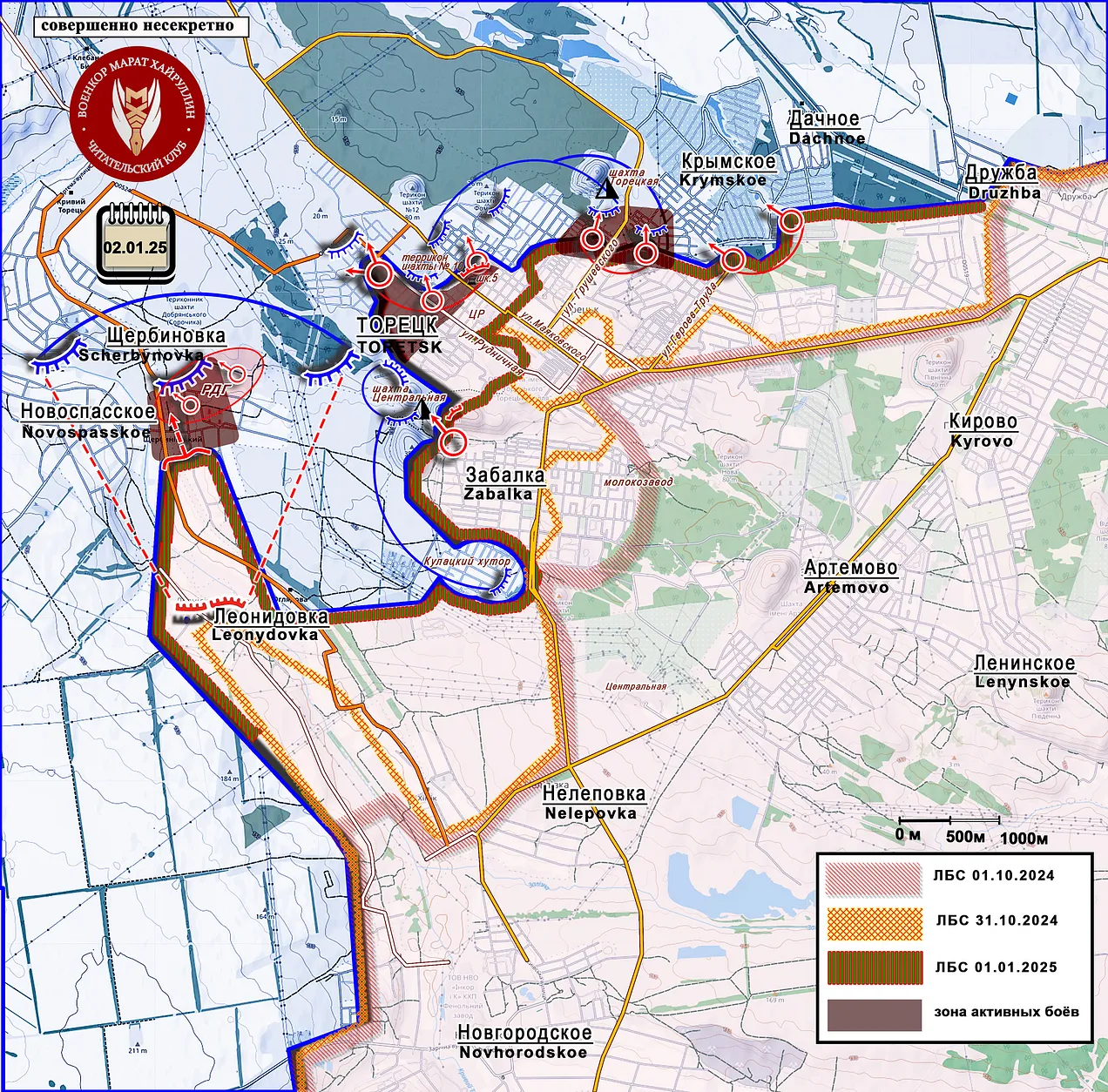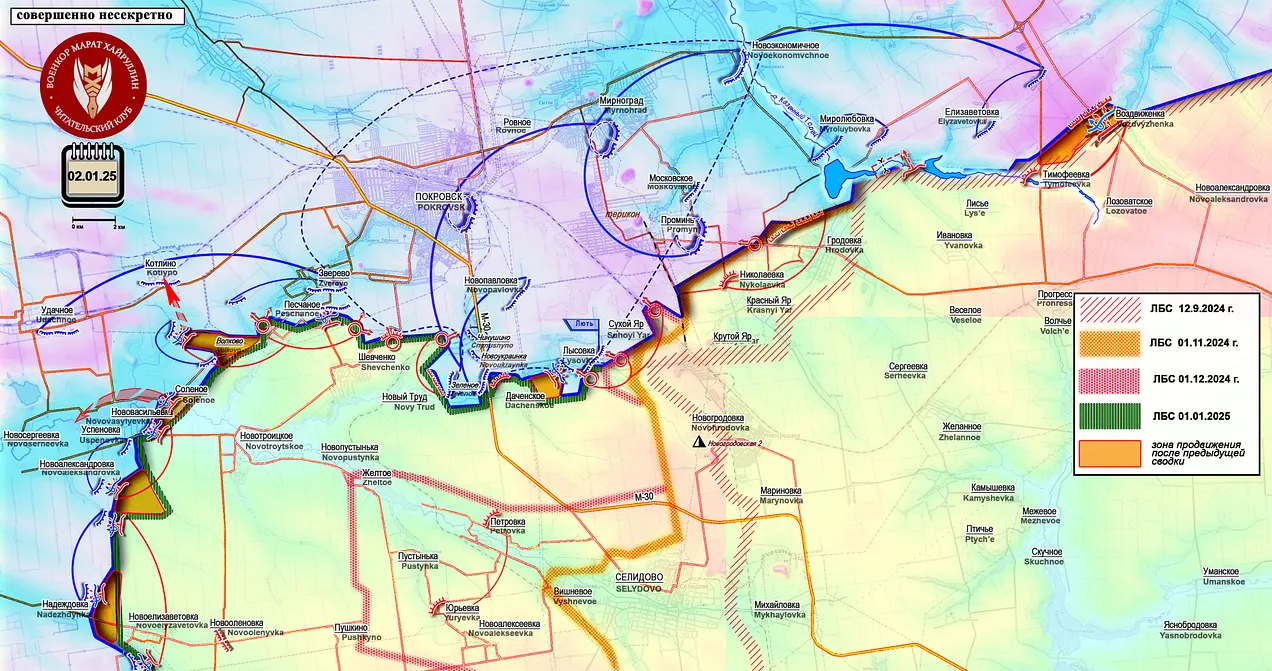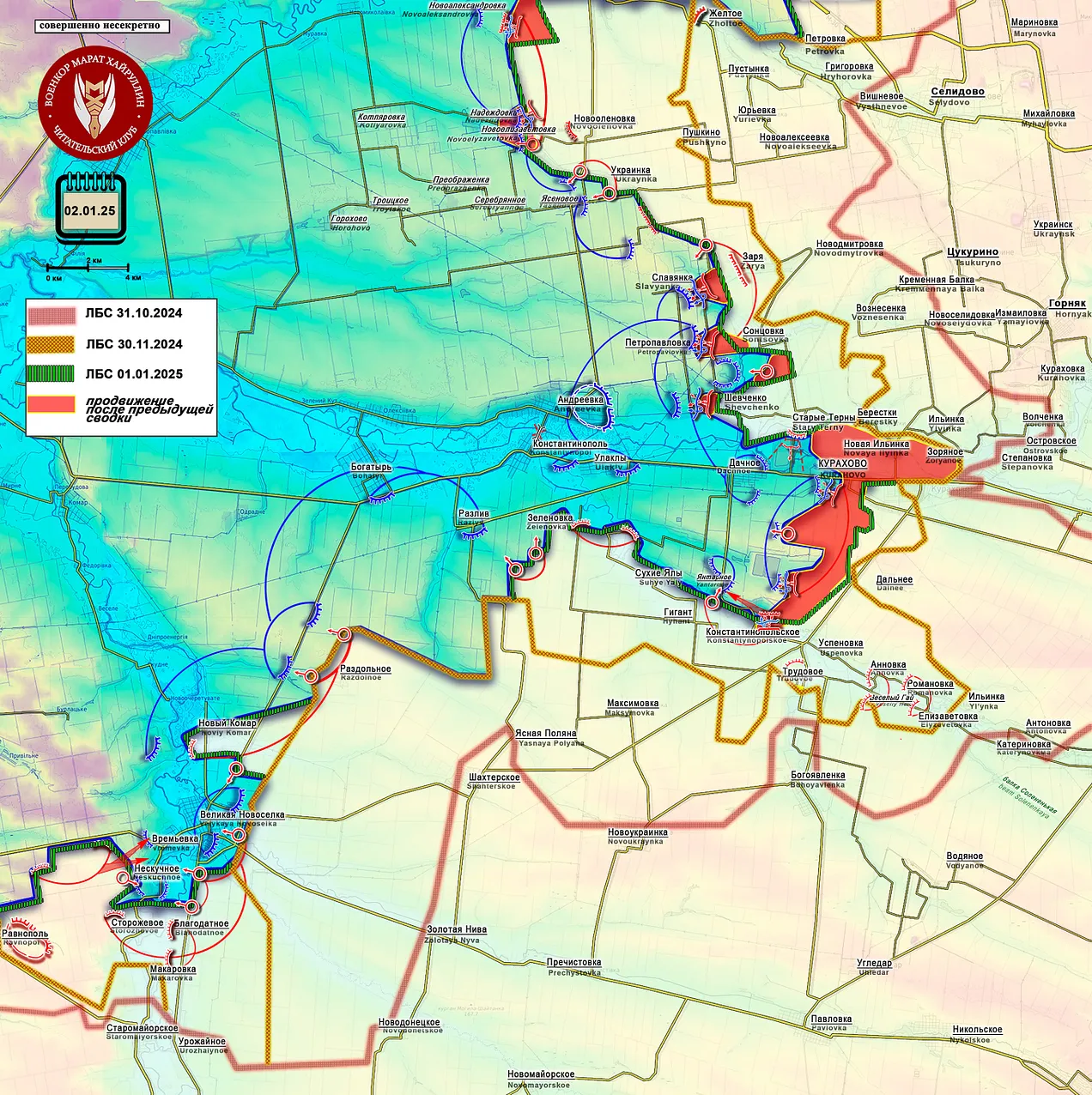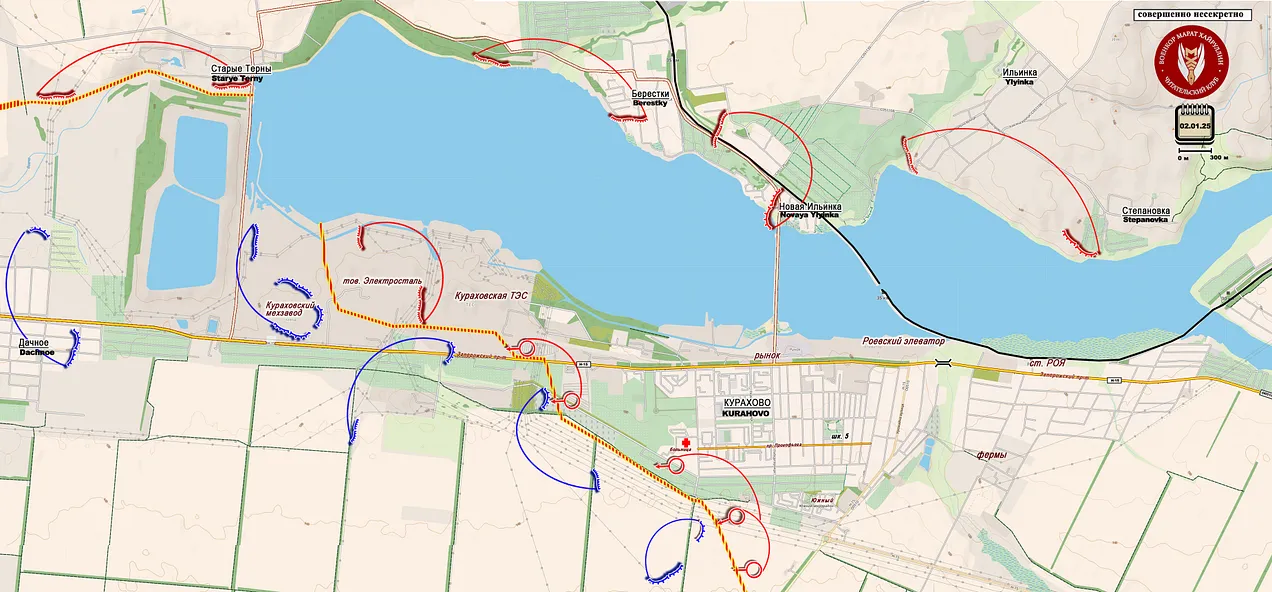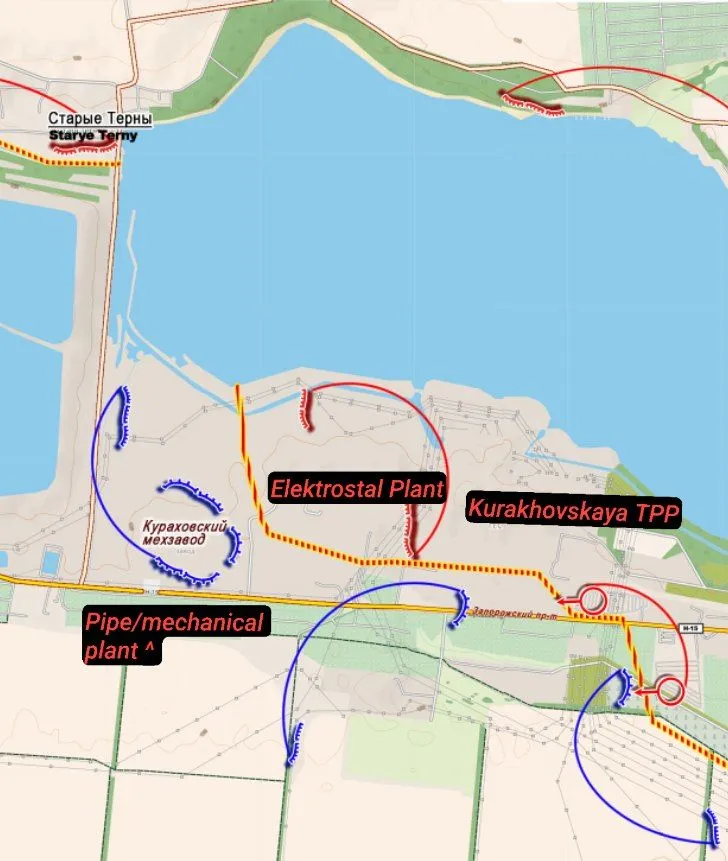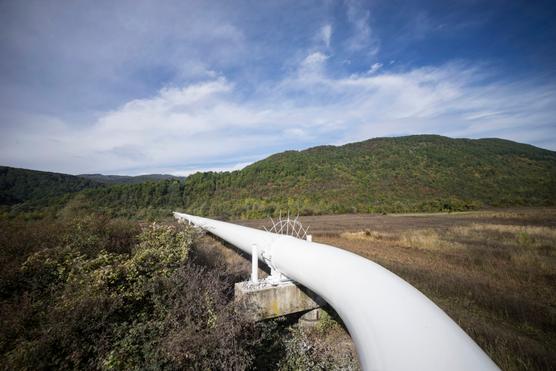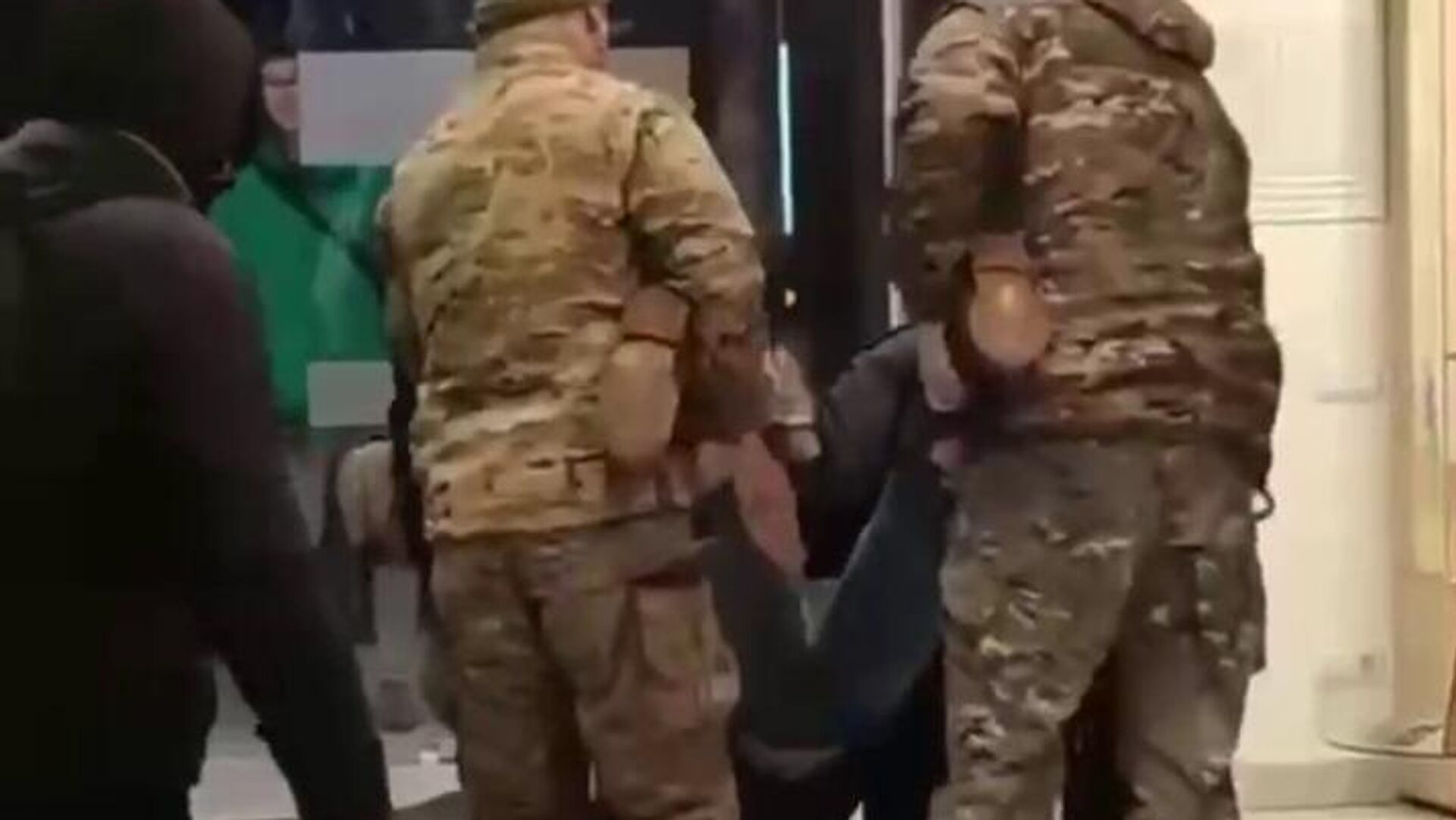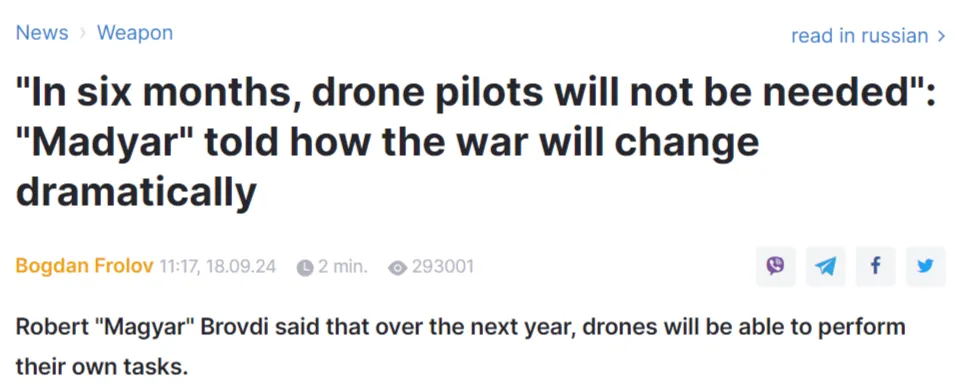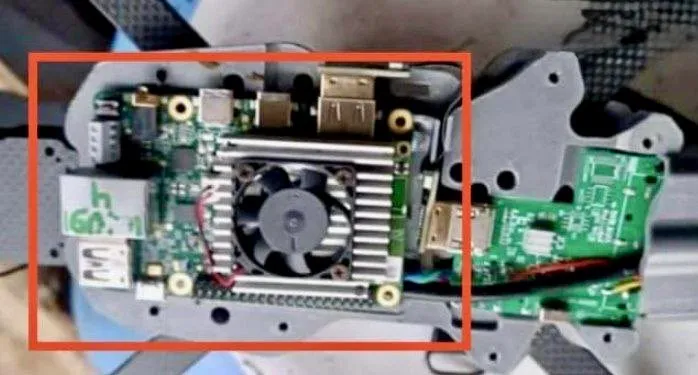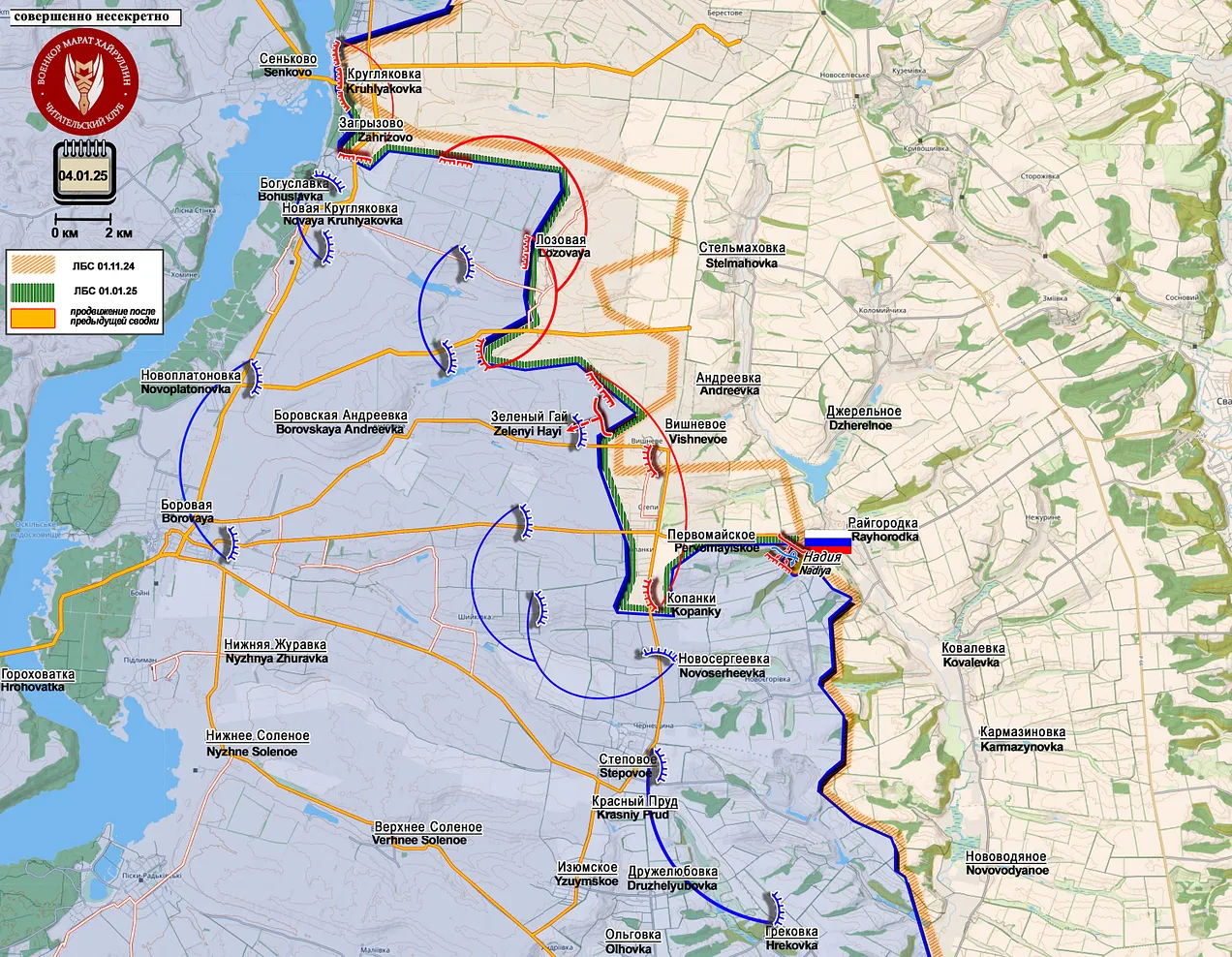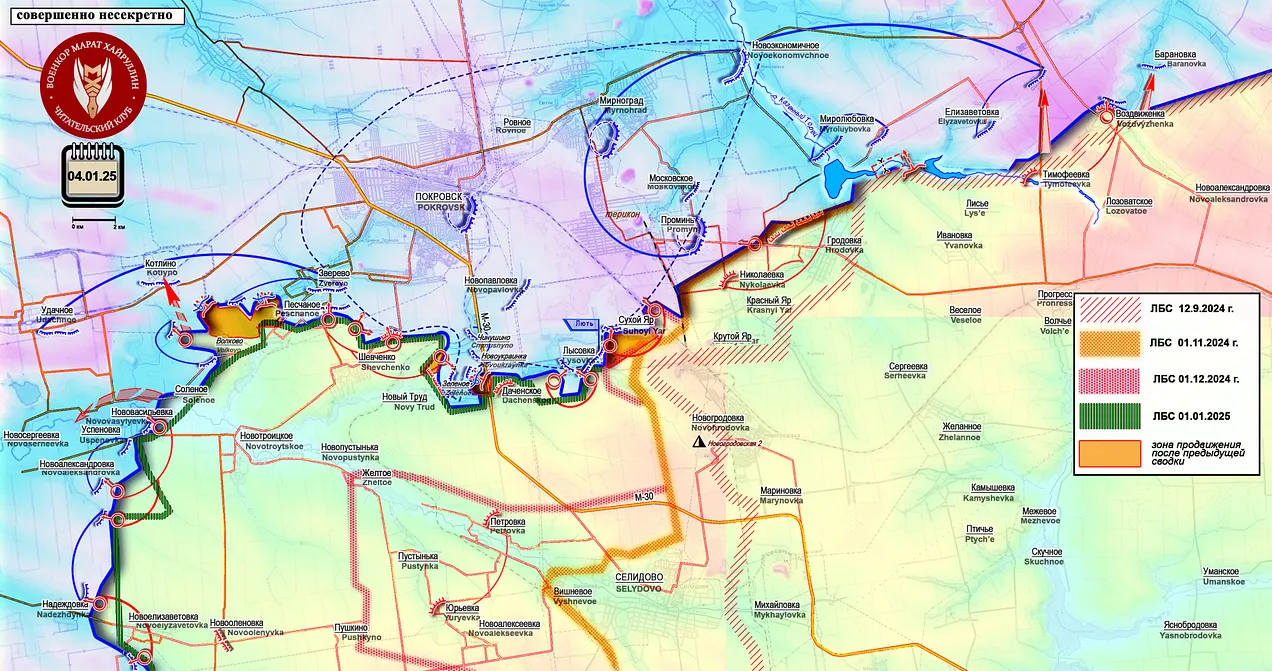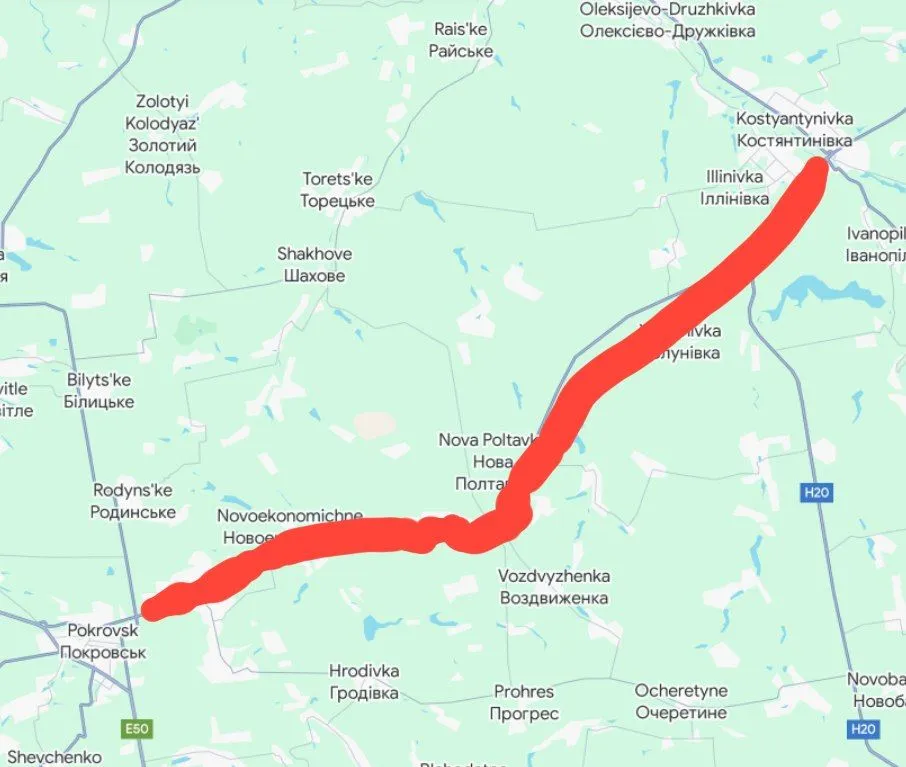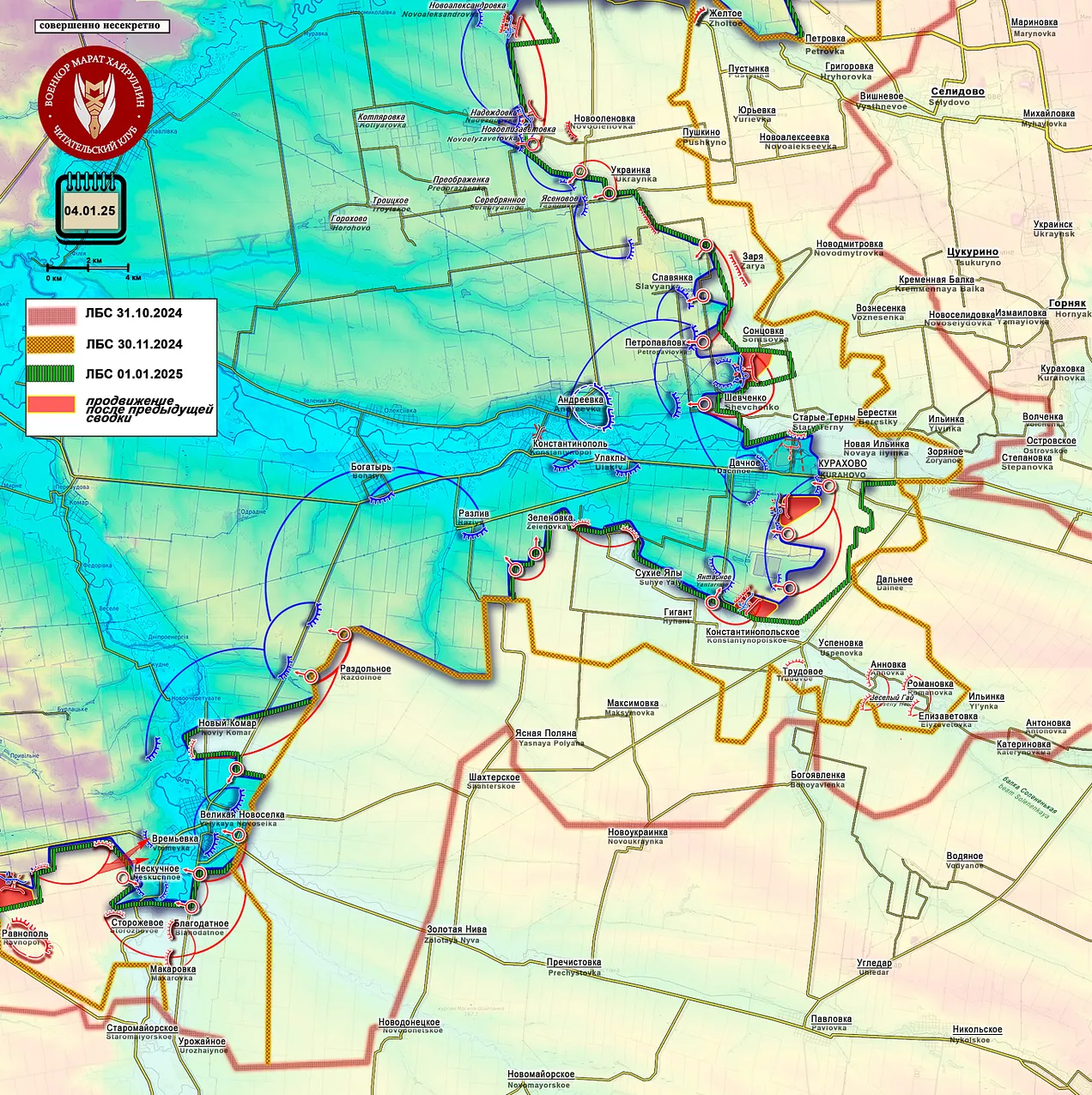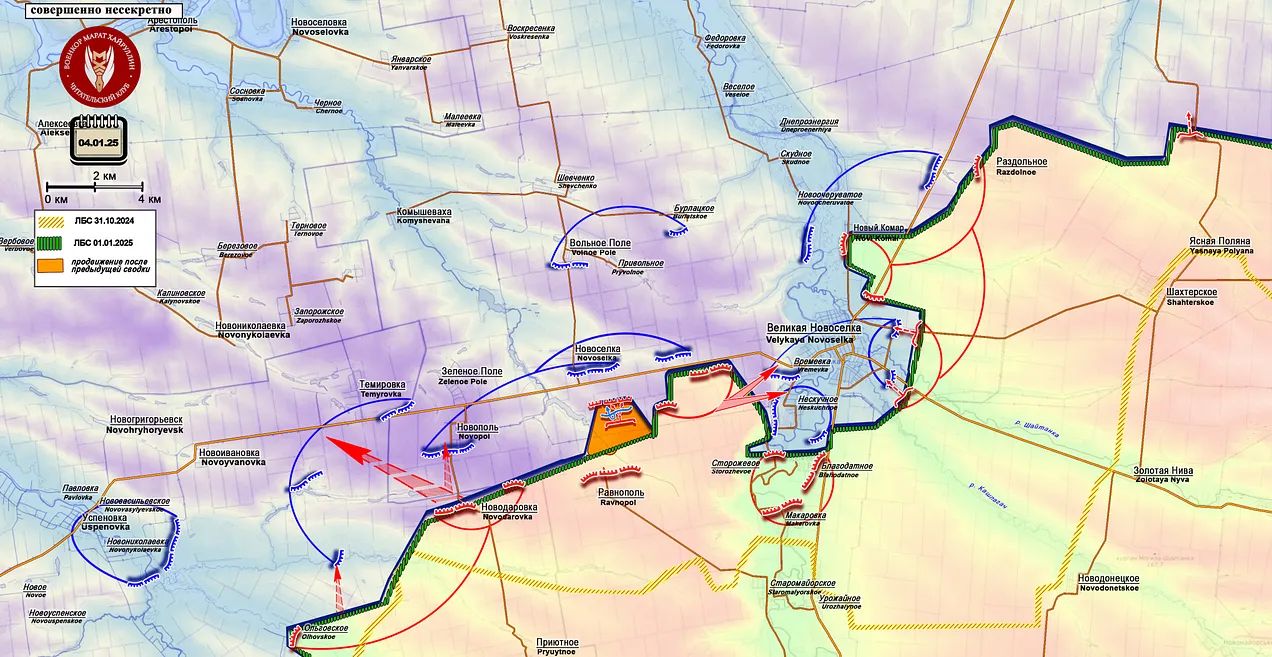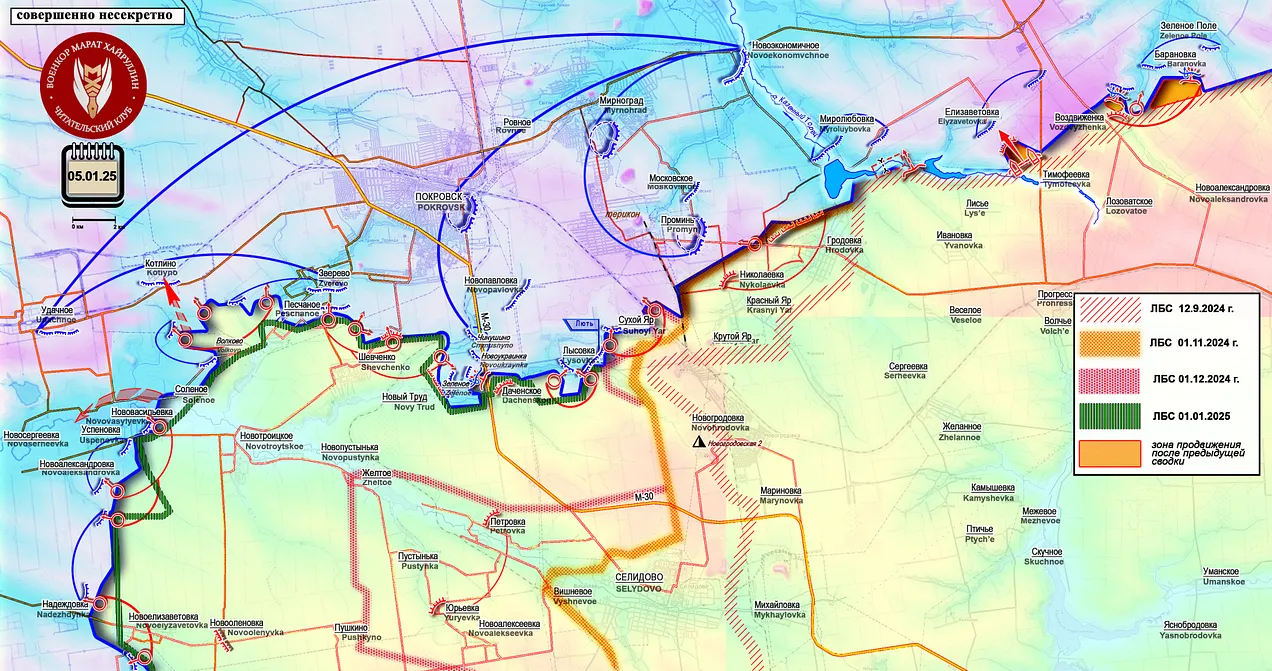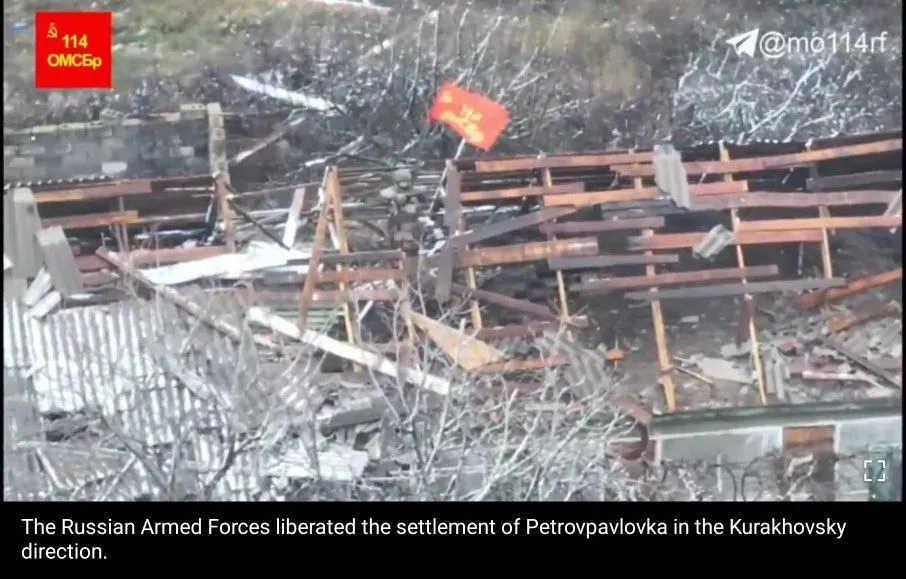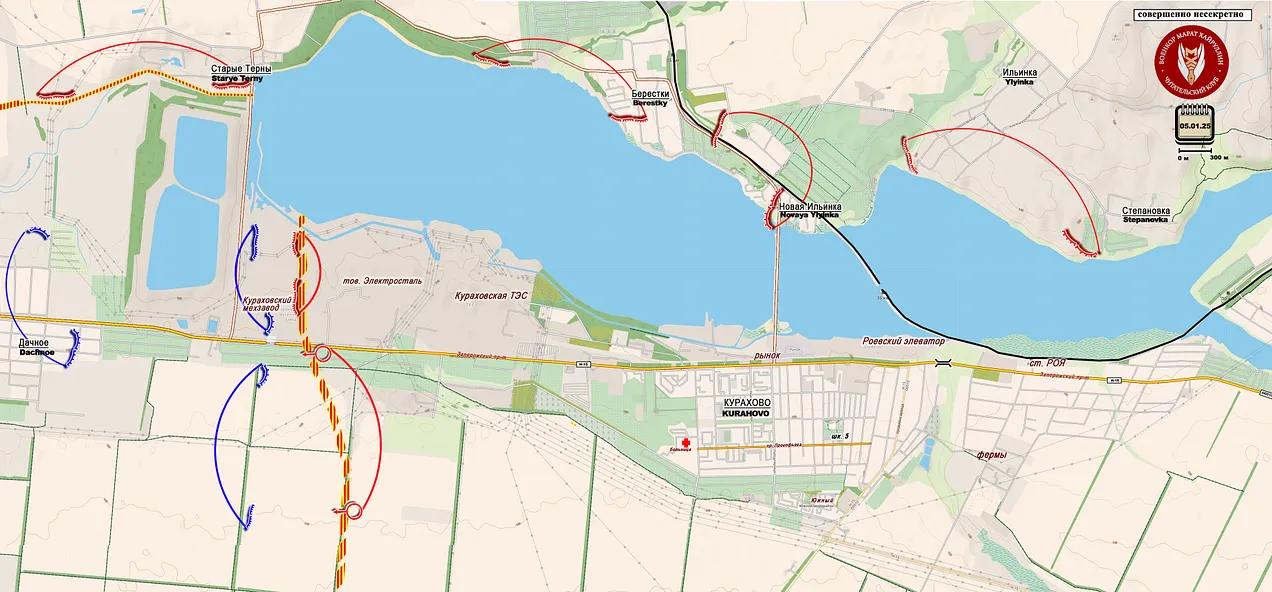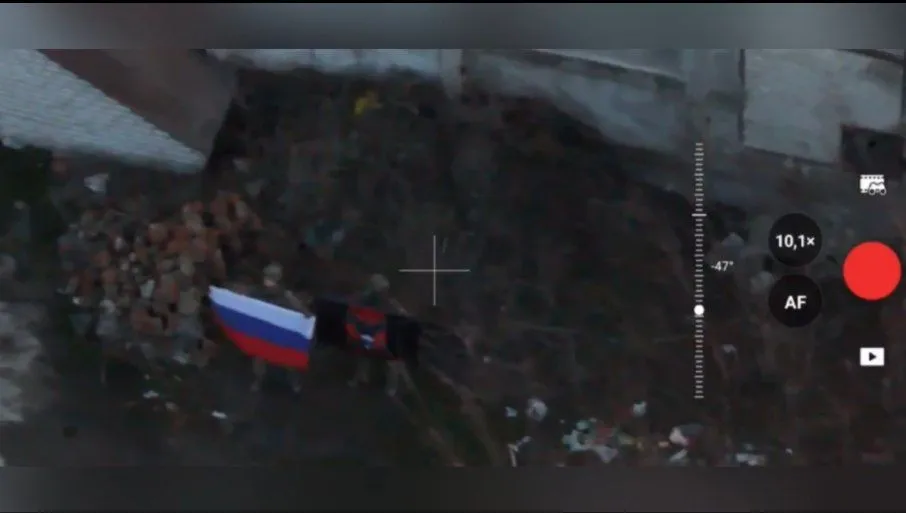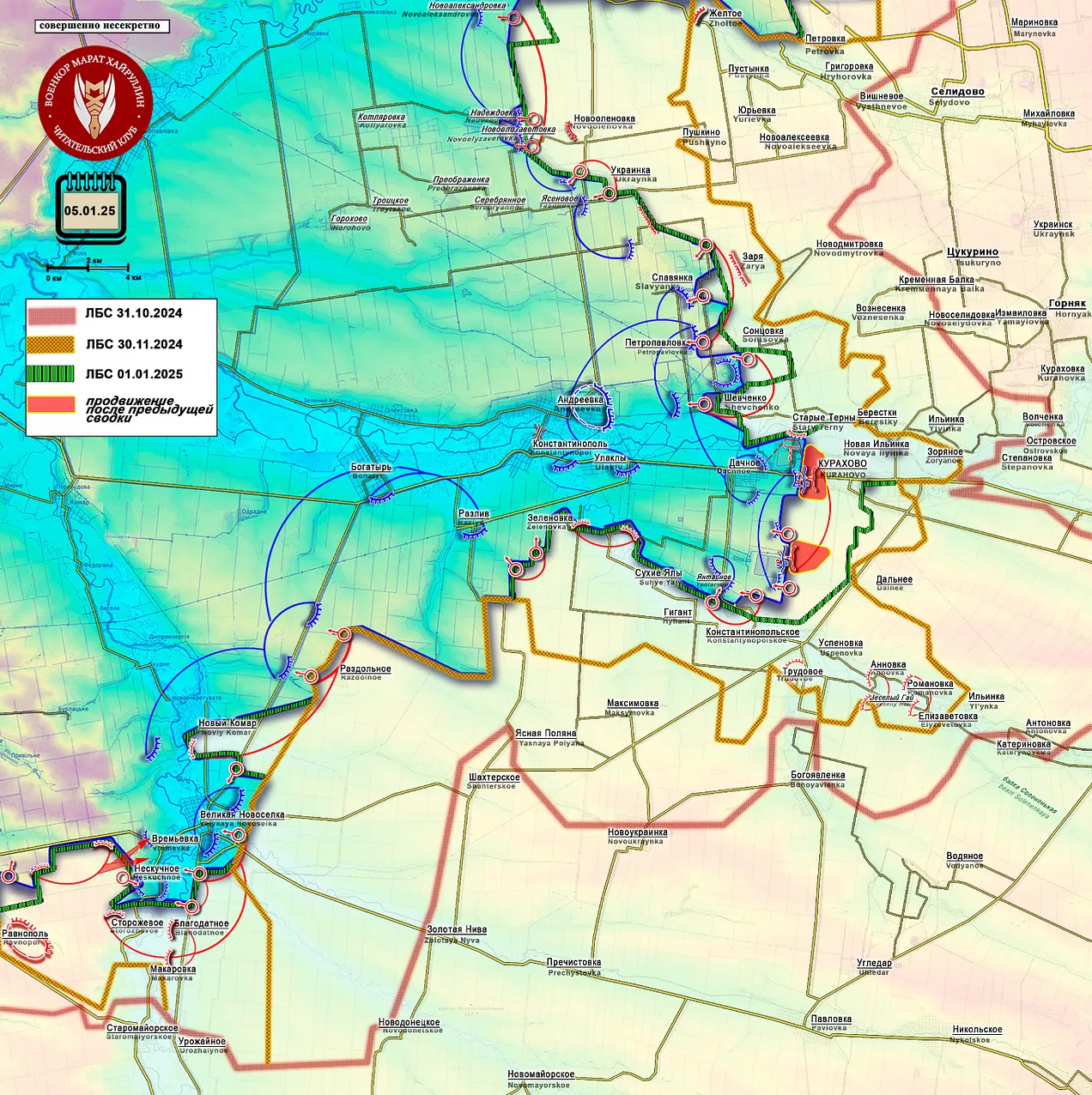Posted by @nsanzo ⋅ 12/29/2024

Earlier this week, a harsh message from Volodymyr Zelensky accused the Slovak president of wanting to help Russia evade sanctions and finance the war by collaborating in the gas trade. As a consumer of Russian gas, which will continue to transit through Ukraine until December 31 until the contract between Gazprom and Naftogaz expires, Slovakia has tried to mediate between the parties to achieve the extension of the agreement and thus preserve the supply of Russian raw material to its clients in eastern and central Europe. The Slovak leader is one of the exponents of the small European faction that advocates negotiation in search of peace, so gas was not the only topic of the meeting between the presidents of Russia and Slovakia held in Moscow. Visibly upset by Robert Fico's visit to the Kremlin, Zelensky strongly condemned the gesture of breaking the diplomatic blockade against Russia that Ukraine expects from its allies.
Days earlier, Fico had accused Zelensky of offering $500 million to buy the Slovak vote in favor of Ukraine joining NATO, an offer that the Ukrainian president partially confirmed by saying that Slovakia had refused Ukrainian compensation for the losses that would result from the loss of transit. “If anyone is going to prevent the transit of gas to the territory of the Slovak Republic, if anyone is going to cause an increase in gas prices on the territory of Europe, if anyone is going to cause enormous economic damage to the European Union, it is President Zelensky,” Fico said.
Although the Slovak president admits that the real possibility of Ukraine permanently cutting off the transit of Russian gas through its infrastructure will not be a serious problem in the short term, the need to guarantee energy supplies forces him to try until the end to obtain an agreement from kyiv that extends the existing contracts or that gives more time to find a solution. Zelensky's words, implying that there were hidden interests and without realizing that the main obligation of a president is towards his citizens and not towards Ukraine, provoked the response of Fico who was visibly upset. Fico, who in recent months has suffered an assassination attempt, has not dodged the dispute and has responded to Zelensky.
“By disrupting gas transit, President Zelensky will cause billions of dollars of damage to the EU, including Slovakia, and further reduce the EU’s competitiveness. It seems that the EU bigwigs do not object. The main thing is that, in the name of the unrealistic goal of weakening Russia, the Slavs will continue to kill each other,” Fico was quoted as saying by Ukrainian media yesterday. “‘From January 1, we will consider the situation and the possibility of reciprocal measures against Ukraine,’ Fico said in a video posted on Facebook on Friday. ‘If it is inevitable, we will stop the supply of electricity, which Ukraine urgently needs in case of grid failure,’ he said,” Politico wrote yesterday in connection with the new phase of escalation in the verbal and economic conflict between the two neighbors. The issue of electricity exports, for which Slovakia needs gas that it has so far purchased from the Russian Federation, was something that Fico himself discussed directly with Denis Shmyhal at their meeting on the Slovak-Ukrainian border. At that time, the Ukrainian prime minister thanked Slovakia for its efforts to compensate for the energy that Ukraine cannot produce due to Russian bombing of its critical infrastructure, but he did not show any willingness to compromise to help Bratislava guarantee its electricity production. Ukraine is now hiding behind the betrayal that it believes Fico's trip to Moscow represents, but the refusal to provide mutual support between kyiv and Bratislava precedes that visit by many months.
Since the meeting between the Ukrainian government and the Slovak president, the situation has not only not changed, but the conflict has worsened and Ukraine persists in its demands on neighbouring countries, from which it expects support and loyalty, without any help from them. kyiv expects its allies to continue supplying the energy it needs to maintain control of the state and continue fighting Russia, but it does not believe it has any responsibility to support them in producing the electricity that they then have to export to Ukraine. “Who cares about Slovakia, right, Mr. Zelensky?” Robert Fico asked in a video posted on Facebook on Friday. “But when you need something to keep from freezing in winter, you scream in frustration,” he added, referring to the double standards he perceives from kyiv.
Yesterday, after Fico’s words, Zelensky’s response was published on social media in three languages (English, Slovak and Ukrainian, in that order). “The only reasons why Ukraine now needs to import electricity are the Russian occupation of the Zaporozhye nuclear power plant and its use of “Shahed” missiles and drones to deliberately destroy a large part of Ukraine’s heat and hydroelectric power generation,” wrote the Ukrainian president to justify his new attack against his Slovak counterpart who, to alleviate this situation, not only offers Slovak electricity – provided he has the raw material to produce it – but also a platform to achieve peace. In any case, Zelensky should also be reminded that one of the reasons why Ukraine is now an importer of electricity and not an exporter, as it has been even in these years of war, is kyiv’s refusal to negotiate with Russia a partial ceasefire that would exclude electricity production infrastructure from acceptable targets. Between negotiation and escalation, Ukraine chose the Kursk adventure, knowing that it made diplomacy impossible.
In his long message, Zelensky wanted to send three messages to Fico. “First, supporting Russian aggression is completely immoral,” he begins. “Second, Fico’s short-sighted policy has already deprived the Slovak people of compensation for losing Russian gas transit. Now he risks depriving Slovaks of another $200 million a year, which Ukraine pays for imported electricity. Yes, this critical import is not free, and the cost is significant,” he adds, without wanting to recall the short-sighted Ukrainian policy, which has preferred to lose the multi-million-dollar revenues from Russian gas transit and which, as Bloomberg recalls , will now have to protect these infrastructures, whose security guarantee until now has been the continued use of them. With the supply interrupted, Russia’s incentives to maintain its integrity decrease inversely proportional to the risks for Ukraine, which needs these gas pipelines to receive gas from its allies.
“Thirdly,” Zelensky continued, “it will be much more profitable for everyone in Europe, including the Slovak people, in every respect to work with neighbours and the EU to increase the supply of energy resources from Europe, including gas from the United States and other partners. Only in this way can energy costs be reduced for most families.” The Ukrainian president did not want to miss the opportunity to promote the product of his main ally, a gas that is further away, more expensive and with a higher carbon footprint than Russian gas. The interest in protecting the environment is only relevant when it comes to vetoing Russian products.
“Slovakia is part of the European single energy market and Fico must respect common European rules. Arbitrary decisions by Bratislava or orders from Moscow to Fico on electricity cannot cut off Ukraine’s electricity supply, but they can cut off the current ties of the Slovak authorities with the European community,” Zelensky said, giving orders to the Slovak authorities and issuing threats as if he were already a representative of the European community .
But the most significant part of the message is its beginning, where, for the second time this week, he allows himself to present the Slovak head of state as a Kremlin puppet. “It seems that Putin gave Fico the order to open the second energy front against Ukraine at the expense of the interests of the Slovak people. Fico’s threats to cut off Ukraine’s emergency power supply this winter while Russia attacks our power plants and energy grid can only be explained by this,” writes the Ukrainian president, seeing an outside attack and conspiracy in the Slovak reaction and a favour in the case of Ukraine’s actions.
“Today I have reviewed the details of electricity imports from the EU through Slovakia,” Zelensky said yesterday evening, adding that “they amount to 19% of the total. Fico is not going to cut off our imports. We are working with other neighbours in the EU.” Zelensky knows he is getting away with it.
https://slavyangrad.es/2024/12/29/el-po ... se-impune/
Google Translator
*****
From Cassad's Telegram account:
Regarding the situation in the Kursk direction (data from the Ministry of Defense):
Over the past 24 hours, the Ukrainian Armed Forces have lost up to 400 servicemen, three tanks, three infantry fighting vehicles, an armored personnel carrier, three armored combat vehicles, 14 vehicles, four artillery pieces, a mortar, 13 FPV drone crews, and an electronic warfare station have been destroyed. In total, during the military operations in the Kursk direction, the enemy lost more than 45,220 servicemen, 262 tanks, 203 infantry fighting vehicles, 142 armored personnel carriers, 1,349 armored combat vehicles, 1,231 vehicles, 336 artillery pieces, 42 multiple launch rocket system launchers, including 11 HIMARS and six MLRS made in the USA, 13 anti-aircraft missile system launchers, seven transport and loading vehicles, 83 electronic warfare stations, 13 counter-battery radars, four air defense radars, 28 units of engineering and other equipment, including 13 engineering obstacle clearing vehicles, one UR-77 mine clearing unit , seven armored repair and recovery vehicles and a command and staff vehicle.
***
Colonelcassad
Summary of the Ministry of Defence of the Russian Federation on the progress of the special military operation (as of December 29, 2024) Main points:
The Russian Armed Forces damaged the infrastructure of the military airfields of the Ukrainian Armed Forces, the UAV launch site;
- The Ukrainian Armed Forces lost up to 420 fighters and four field ammunition depots due to the actions of the West group of forces;
- Russian air defence systems shot down 61 Ukrainian drones in one day;
- The South fighters took more advantageous positions, the Ukrainian Armed Forces lost up to 220 servicemen;
- The North and Dnepr groups hit up to 110 Ukrainian soldiers in one day;
- The Ukrainian Armed Forces lost up to 170 infantry units due to the actions of the East group.
Units of the "East" group of forces continued to advance deep into the enemy's defense, defeated the formations of the mechanized, motorized infantry brigades of the Ukrainian Armed Forces and the territorial defense brigade in the areas of the settlements of Ravnopol and Zelenoye Pole of the Donetsk People's Republic. They repelled two counterattacks of the enemy assault groups. The Ukrainian Armed Forces lost up to 170 servicemen, a tank, three vehicles, a 155-mm self-propelled artillery unit "Paladin" made in the USA, a 152-mm self-propelled artillery unit "Acacia" and a 152-mm gun D-20 .
https://t.me/s/boris_rozhin
Google Translator
*****
Brief report from the front on December 26, 2024
The Ukrainian Armed Forces will leave Ukrainka in the near future. Report by Marat Khairullin with illustrations by Mikhail Popov.
Zinderneuf
Dec 26, 2024
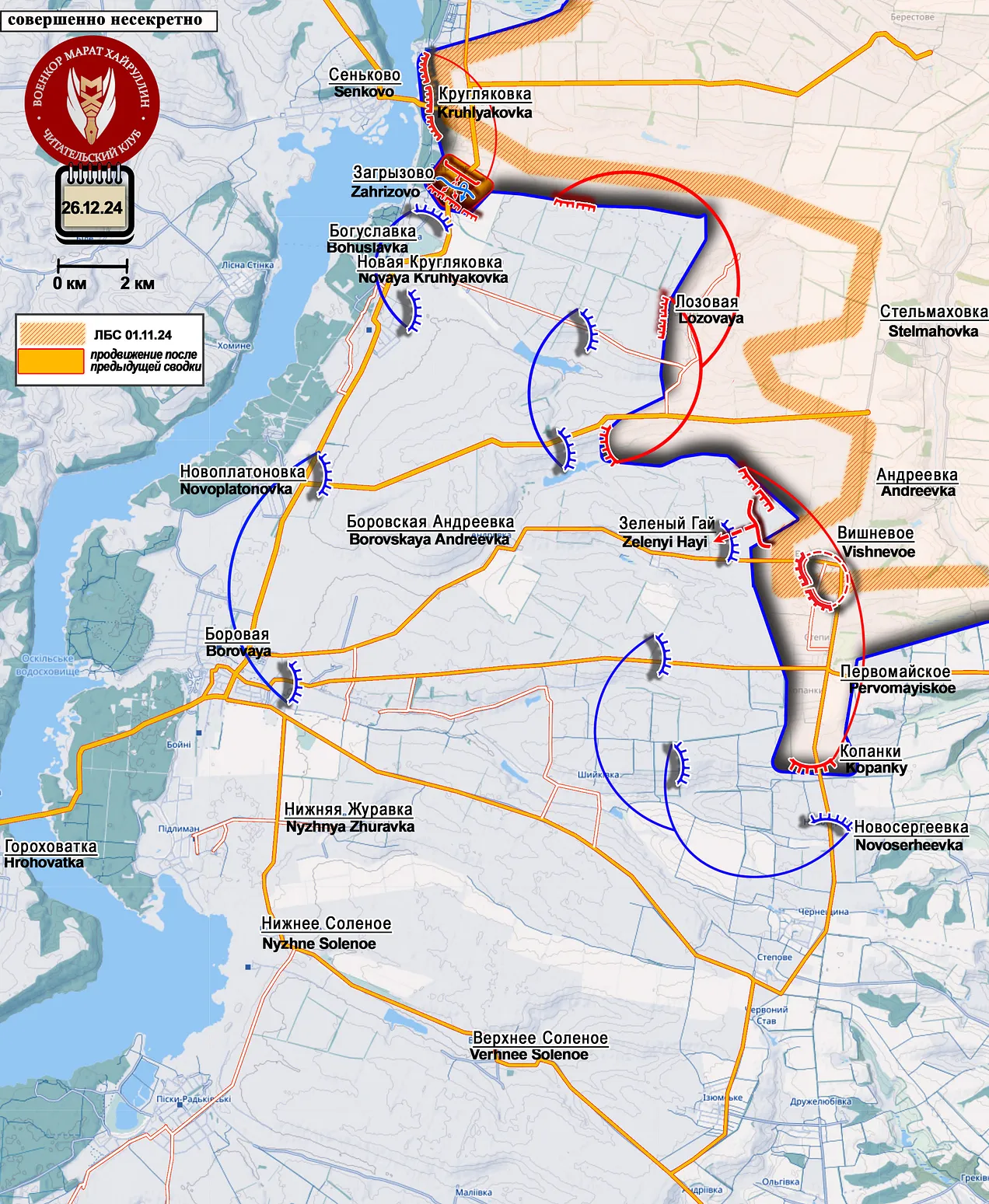
ЛБС 01.11.2024=Line of Combat Contact November 1st, 2024. Продвижение после предыдущей сводки=Progress since the previous summary.
In the Borovaya (Borova) section of the Kupyansk direction, the Russian Armed Forces have advanced into the settlement of Zagryzovo (Zahryzove). Russian groups in armored vehicles are already working on the southern outskirts of the settlement, pushing the enemy back to the Boguslavka (Bohuslavka) area.
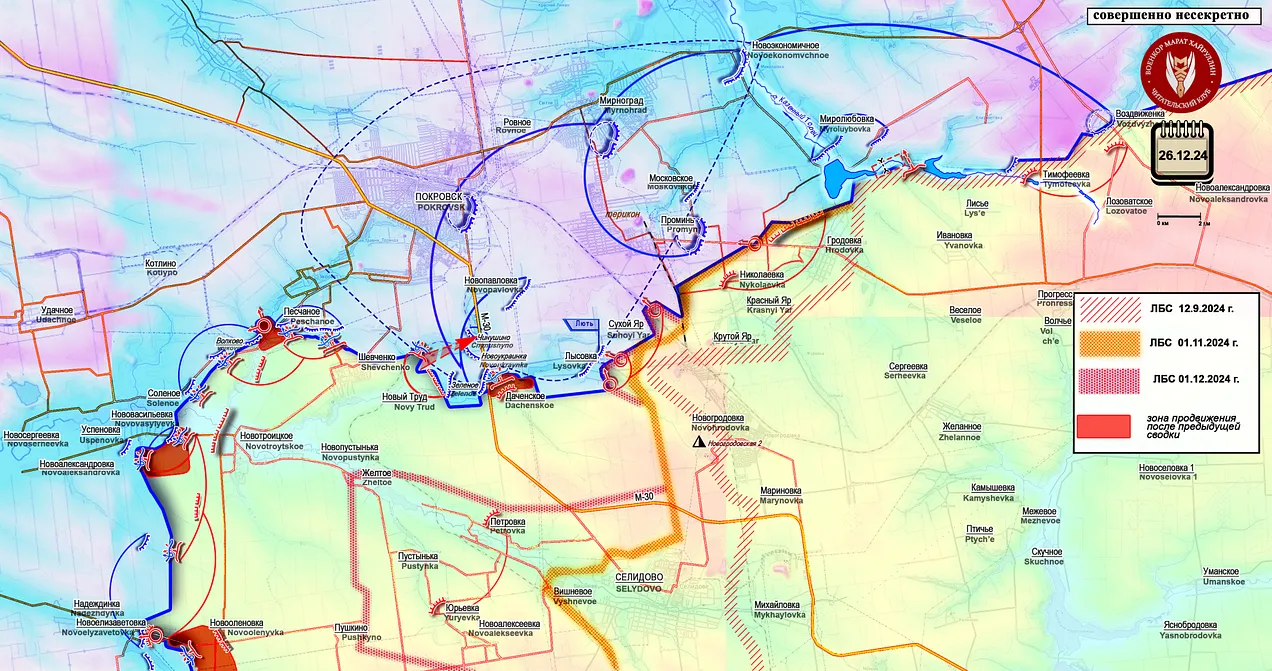
ЛБС 12.9.2024=Line of Combat Contact September 12th, 2024. ЛБС 01.11.2024=Line of Combat Contact November 1st, 2024. ЛБС 01.12.2024=Line of Combat Contact December 1st, 2024. Зона продвижения после предыдущей сводки=The zone of advancement since the previous summary.
In the Pokrovsk section of the Donetsk direction, Russian units have taken control of almost the entire territory of the settlement of Dachenskoe, with the exception of a small, separately located part in the northeast, for which fighting is still ongoing. This part of Dachenskoe will provide access to the western part of Lysovka, that is, access to the rear of the Ukrainian Armed Forces units and pressure on them from three sides at once.
In the Peschanoe area, our troops penetrated the enemy's defenses between Peschanoe and Volkovo (Vovkove), advancing west along the forest belt, and created a threat of a flank attack on the enemy in both settlements at once.
Interesting reports are also coming from the north of the Pokrovsk sector, where our units have begun to cross to the other bank of the Kazenny Torets in the area of Mirolyubovka (Myrolyubivka), preparing a bridgehead for an offensive, most likely in the direction of Novoekonomichesk (Novoekonomichne) to form the right flank of the envelopment of the Pokrovsk-Mirnograd agglomeration.
In Novovasilyevka, the situation is also rapidly deteriorating for the Ukrainian Armed Forces. Our troops have advanced towards it both along the gully from the south and in the fields from Novotroitskoye. From the ravine area, our fighters entered the farm territory and consolidated their positions there. Most likely, after the accumulation of forces, an assault on this small settlement will follow.
Our units have expanded their control in the Novoolenovka and Novoelizavetovka areas. South of Novoolenovka, enemy strongholds were captured, which made it possible to consolidate near the northern outskirts of Ukrainka, for which fighting is already underway, and part of it is under the control of our fighters. The current situation allows us to say that the Ukrainian Armed Forces will leave this settlement in the very near future.

In Kurakhovo, fighting continues on the outskirts of the high-rise district. Russian forces have managed to advance, taking the area of the city hospital located in the southwest of the city. Attacks are underway in the area of Zaporozhye Avenue (the orange road in the north of Kurakhovo) and battles are underway for the garage development and industrial zone (the fish farm) north of it.
The advance has begun in the fields south of Kurakhovo. West of the settlement of Dalnee (Dalnje), Russian detachments are making their way to the area of treatment water bodies. Our zone of control has also been expanded in their direction. The Russian Defense Ministry announced today the liberation of the settlement of Gigant (Hihant). Our units are increasing pressure from its area on Yantarnoe. The exit to it through the Sukhie Yaly River will allow us to move in the direction of the settlement of Ulakly along the tree lines located there. It is the situation in the area of the settlement of Ulakly that will most likely determine how long the enemy will be able to hold out in the industrial zone of Kurakhovo and in the entire pocket south of the city.
https://maratkhairullin.substack.com/p/ ... cember-54d
*****
Lies will kill us all: last line before Dnipro
War telegram roundup, 12.19-27.19. 'Slavery with a one-way ticket'.
Events in Ukraine
Dec 27, 2024
Another week, another roundup of frontline news from Ukrainian military telegrams. On today’s menu:
Our frontline Cossack Muchnoy Jugend releases a rap track
The army’s problems
Corruption, meat assaults - ‘slavery with a one-way ticket’. Superior Russian training, even if it looks dumb
Ukrainian militarists envy Russia’s supposedly ‘Hitlerian’ talent
The current situation around the frontline:
Kursk, Vovchansk, Terny, Toretsk, Pokrovsk, Kurakhove, and Velyka Novosilka.
Ukrainian forces retreat to the last defense lines before Dnipro, Ukraine’s fourth-largest city, and the last remaining industrial giant along with frontline Zaporizhzhia (since Donetsk and Lugansk are long gone)
Russian tactics
Less armor, more cars and buggies.
Why it isn’t worth laughing off Russians shooting at drones with guns
Koreans?
I hate to even talk about this because there’s so little evidence and so much weird vibes, but I gathered some perspectives on it
To begin with, a welcome by ‘Muchnoy Jugend’, one of our ‘favorites’, who I wrote about last week:
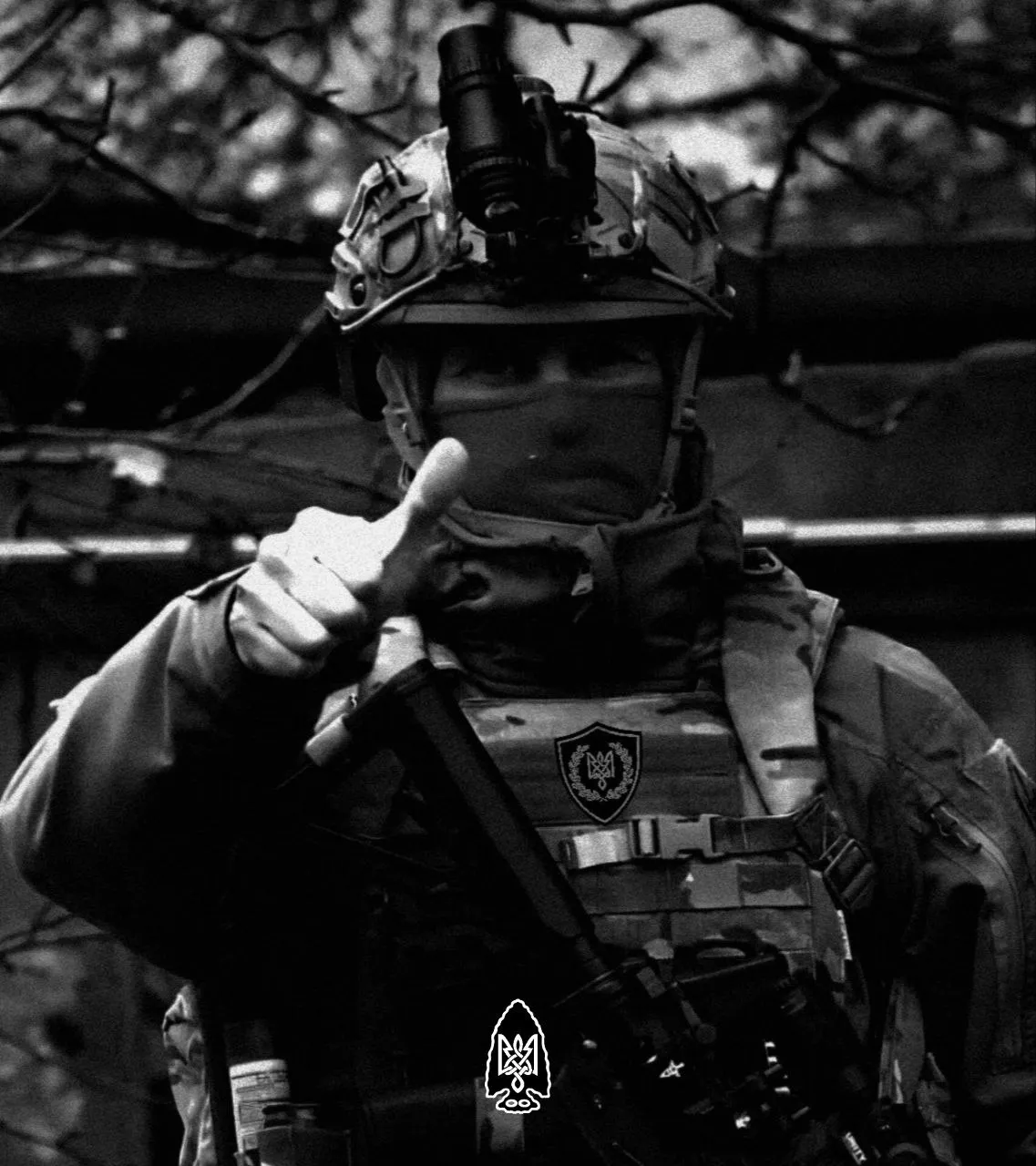
Wishing you strong health, banditos! How's everything going, all in place? Time to get to work—every Russian scum will burn in hell!
He also released a rap song called ‘keep safe’:
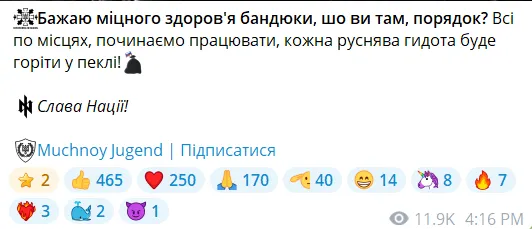
Here’s my translation. And while chatgpt helped me, as usual it was limited - it always refuses to translate ‘faggots’, the favorite term for Russian soldiers among Ukrainian soldiers. It gives me rubbish like ‘bastards’:
Muchnoy…. The warmth is gone, rain drags on slowly,
The city is cloaked in darkness, while it still breathes,
Rainclouds, there’s nowhere for it to go, everything is in shadows,
No one knows, the dreamy stars begin to shimmer.
The starry fields, raindrops of harvest,
Not just one autumn night, cold and sharp, striking,
Suddenly, the sky hums with tension,
The blue sky explodes, the heavens break,
The drone shatters the crystal blue,
From life to death, just a bloody moment,
And suddenly there’s silence, a voice echoes,
"Get up, fight for Ukraine, it’s ours,
It’s ours and unique, the enemy will be destroyed,
In the fields of Donbas, our army will give no chance
To the Russian pigs, no place to run,
The fields are mined, here they are covered by Grad rockets,
My soul is alive, my heart beats,
I’ll always stay with those who never surrender,
The thunder rolled in the sky, remember,
Those who are in heaven now, I assure everyone,
That broken will be the fear, proudly over the country,
I raise the flag, keep my brothers safe,
Don’t let them die in battle, don’t whine,
Lead to victory, strength of spirit and body,
Don’t lose hope, for the weak are not respected,
Even by the gods.
Save my brothers, don’t let them die in battle,
Don’t whine, lead to victory, strength of spirit and body,
Don’t lose it, for the weak are not respected,
A radio request flies for artillery, brothers,
Work on those russack pigs, armor next,
It’ll be up to the infantry, the cursed scum,
Choking on their own filth, approach closer,
Bitches, I’m not afraid of you,
I’ll stay loyal to those with whom I fight,
I pray for you all,
Save my brothers, don’t let them die in battle,
Don’t whine, lead to victory,
Strength of spirit and body - don’t lose it,
For the weak are not respected,
Save my brothers, don’t let them die in battle,
Don’t whine, lead to victory, strength of spirit and body,
Don’t lose it, for the weak are not respected,
Even by the gods.
(Paywall with free option)
https://eventsinukraine.substack.com/p/ ... ine-before
*****
"The Cursed Forest"
colonelcassad
December 28, 17:05

Excerpts from the book "Aida" (commander of the Special Forces "Akhmat") - "The Cursed Forest".
One of the reconnaissance snipers from the battalion next to us opened his account.
It was his first shot, first kill and first body inspection.
By the way, for the next two days he withdrew into himself, practically did not eat and did not leave the room.
- Can you talk to him? - his commander asked me.
- No problem, - I answered.
I went up the stairs and knocked on the door. Silence.
After knocking a few more times, I opened it.
A young sniper, naked to the waist, was picking at his hand with a knife. There were already several dozen wounds.
He was taking out something that only he could see.
Confused, similar images that I had seen many years ago surfaced in my eyes.
The sniper, who had retired, realizing the burden of his responsibility, rubbed his hands to the flesh with pumice.
I closed the door and silently walked back.
Having met his commander in the common room, I said:
- I'm afraid that talking won't help him anymore... call the medics and take him to the evacuation.
Almost all the fighters ran up the stairs.
* * *

- Did you choose the call sign yourself? - Akim asked.
- No, I inherited it.
- What was it before?
- Sinner.
- Did the mentor pass it on?
- Yes. Before him, there was Hades.
- Are you going to pass it on to someone else too?
I thought for a moment:
- No. I think I'll be the last Hades.
- What's wrong?
- The call sign is cursed, I think. Everyone ended up the same way, plus or minus. I don't want to pass on a curse.
* * *

I woke up from a nightmare that had been haunting me for the past few days. The gray swamp of the cursed forest called me through my dreams.
Peering into the muddy waters of the swamp in my sleep, I clearly saw hundreds of eyes looking at me from there.
How many souls this swamp has taken since WWII, I don't know, but the place really was nasty.
I went down to the first floor of our farm to make some tea. The clock showed 4 am.
Half an hour later, alarm clocks started ringing en masse, and the soldiers started getting up for a combat mission.
- You're early. Didn't go to bed? - asked Kostyl.
- A difficult question, - I muttered under my breath.
- Are you with us? To the BZ?
- Yes, why not. Where are you going?
- To the swamp.
I felt the unpleasant aftertaste of sleep.
* * *

We passed the hotel, in the direction of the "horseshoe", to make our way through the minefields, to set up an observation post. The bank on the other side of the horseshoe was packed with the enemy.
Having removed a couple of inept infantry tripwires, which were already asking for a bullet, because of their idiotic habit of wrapping tripwires around themselves in circles and resting, we moved on.
The enemy also entered the horseshoe and it was necessary to move vigilantly so as not to fall into an ambush.
We had several combat encounters on the horseshoe.
As well as getting into enemy secrets.
It was also dangerous to get into the swamp. The armor will pull you to the bottom and you won’t be able to get out.
Seeing fresh tracks on our territory, we carefully followed them.
Two people. The tracks split. In one area there were fragments of an exploded tripwire. Apparently, the enemy was blown up and wounded.
Carefully following the route, we reached the swamp.
From under the water, a dead soldier of the Ukrainian Armed Forces looked at me with open eyes and an open mouth. Swollen, wounded in the leg, he fell into the swamp and drowned.
For a few seconds, I carefully looked at these eyes under the water and was silent.
- What is it? - the soldier distracted me.
- Well, just like that... I’m starting to believe in prophetic dreams. We get him. Four are looking for the second one.
- Why get him? - my scout was perplexed.
- Let’s check the pockets. Let's take the documents, the mobile phone, if you have one. And those eyes underwater irritate me.
- What?
- They call me. In my sleep.
* * *

Dreams have always been an unpleasant part of me. That's why I was grateful for my insomnia.
On those few days when I got enough sleep, dreams fell on me like an avalanche.
Sometimes, the dreams were so beautiful that I regretted waking up.
More often, I would like my day to be a dream that I forgot about.
Sometimes, through dreams, I communicated with those who should not be around.
On the eve of my next duel, I fell asleep.
I dreamed of a park, which I had definitely visited at some point in my past life on the other side of the war. I don't remember where it is. I don't even remember the circumstances under which I was there.
It was raining lightly, it was deserted. Dreams are generally deserted. Most often.
I sat down under a tree, clearly aware that I had fallen asleep.
- What are you worried about? - a familiar voice rang out.
- You shouldn't be here, old man. - I answered Hades without turning around.
- Why?
- I know I fell asleep. And I know that when I wake up, I'll be disappointed. Don't start.
- Aren't you happy to see me? - He sat down next to me.
- Not on the eve of a hard day.
- Worried that you'll lose?
- You lost. Right in front of me.
He laughed:
- And you won. After me. You still have a long way to go. A hard one. Don't worry. You're destined to go through it.
I opened my eyes from the alarm clock.
Remembering that a duel awaited me on some God-knows-how-many terms, with any outcome, I took a deep breath and slowly exhaled.
Smiling wryly at the words of my mentor, I stood up.
"This is the way, old man." - a thought that became the final thread with my dream.

https://t.me/iamsniper/9597 - zinc
https://colonelcassad.livejournal.com/9578536.html
Top 10 Events of the War in Ukraine
December 29, 11:00

Top 10 events of the war in Ukraine.
1. Strategic offensive of the Russian Armed Forces and liberation of Avdiivka, Selydove, Ugledar (Kurakhove and Velyka Novosyolka as well)
2. Kursk adventure of the Ukrainian Armed Forces, which turned the tide on the front line, but not in the way the enemy expected. After it, things went much better for us.
3. Continuation of the drone revolution. Rapid development of cable drones, drones with machine vision, repeater drones, etc., etc. The future is coming.
4. Missile war. Massive strikes by the Russian Armed Forces on Ukraine + the beginning of the use of Western long-range missiles on Russian territory.
5. Busification in Ukraine. In 2024, many Ukrainians realized that "war to the last Ukrainian" is not a joke and not propaganda. But it's too late to run.
6. Drone strikes. The Russian Armed Forces have reached a schedule of up to 100+ Geranium strikes per day. The enemy has also increased the number of drones attacking regions of the Russian Federation.
7. "Oreshnik". Not nuclear yet. Everything is within the framework of the thesis "Everything that lies below the threshold for the use of nuclear weapons can and will be used in Ukraine". The parties have few moves left.
8. Failure of hopes for Western wonder weapons. Following the "Bayraktars", "Leopards", "Abrams" and "Strykers" with "Bradley", the F-16s also failed in Ukraine in a mundane way.
9. Escalation of the sabotage and terrorist war. The enemy is intensifying sabotage and terrorist attacks in the Russian Federation. We are still lagging behind in this matter. The white gloves must be taken off.
10. Reshuffles in the leadership of the Russian Ministry of Defense (Shoigu's departure to the Security Council, Belousov's arrival), numerous corruption cases in the leadership of the Russian Ministry of Defense and in the Patriot Park. New 1937 Lite.
https://colonelcassad.livejournal.com/9580029.html
Google Translator

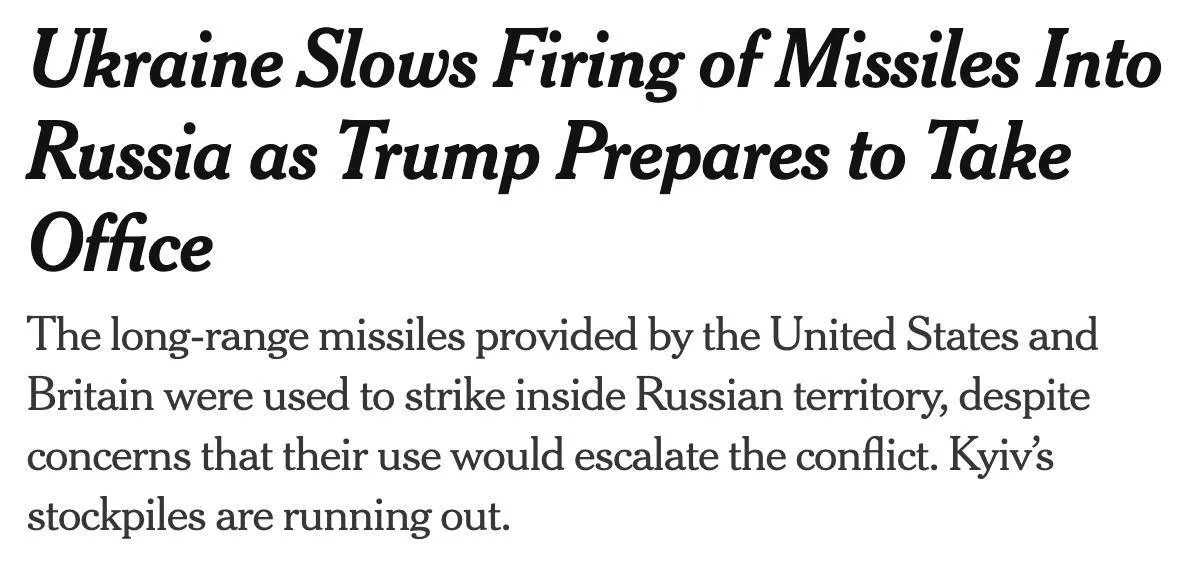
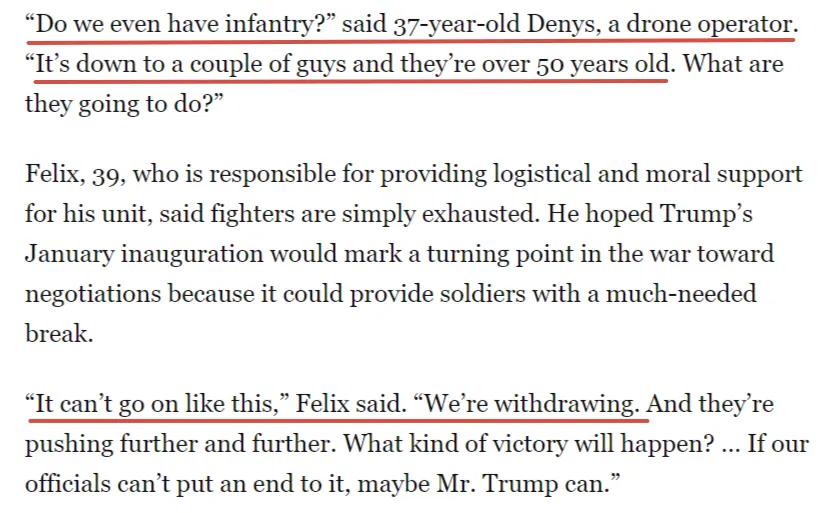
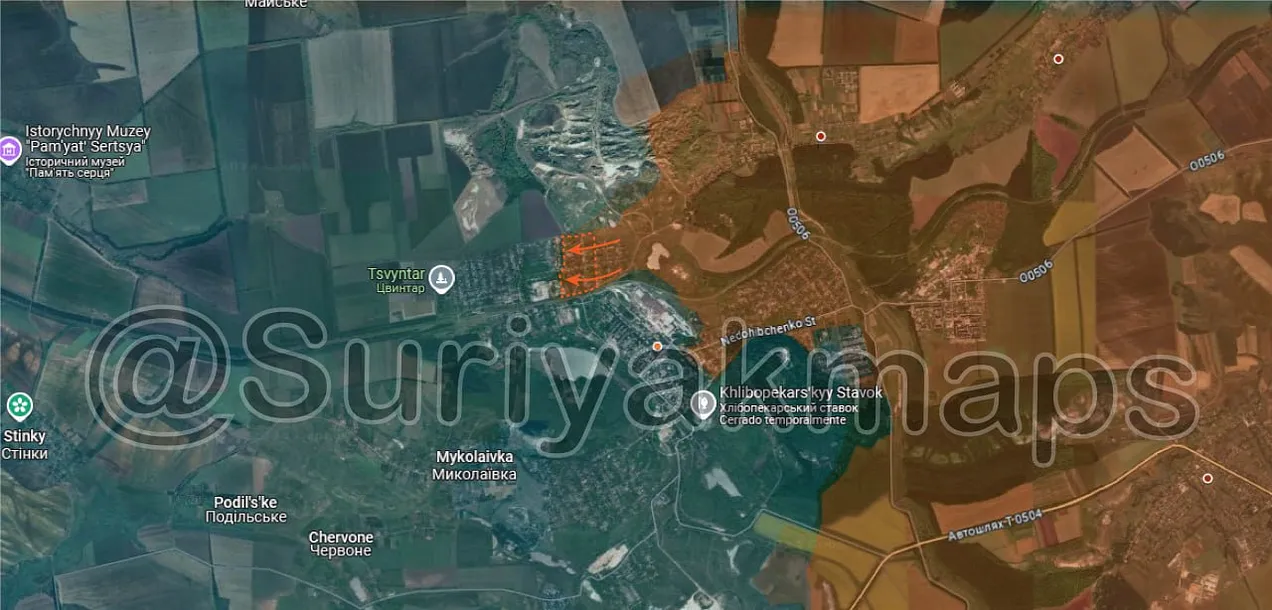
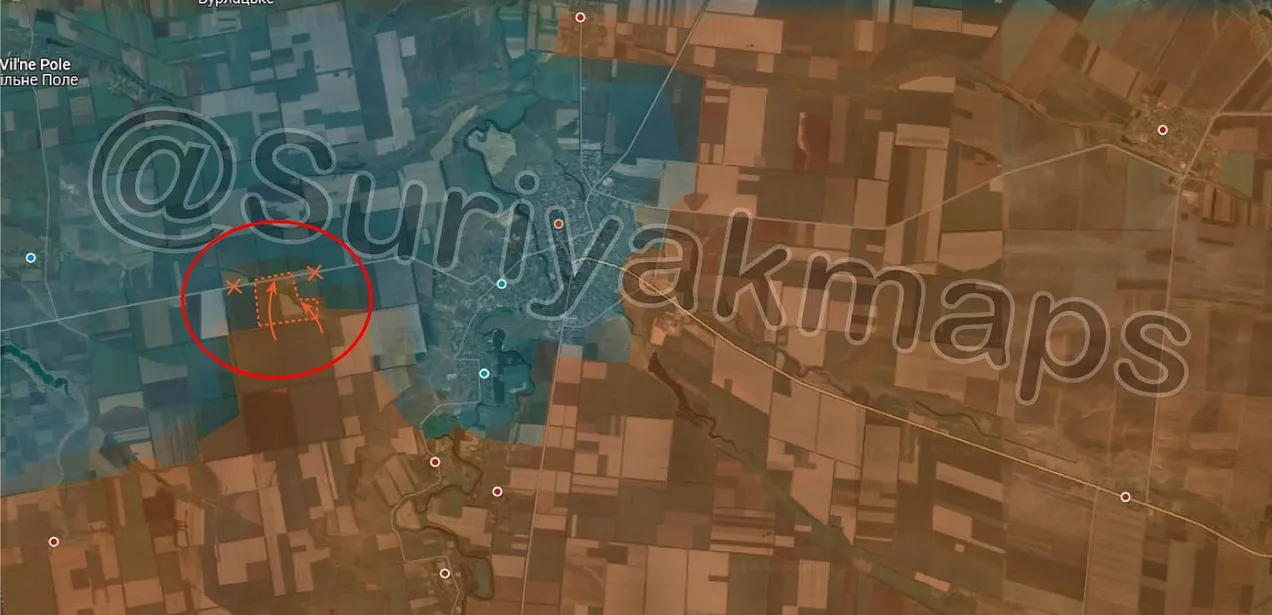
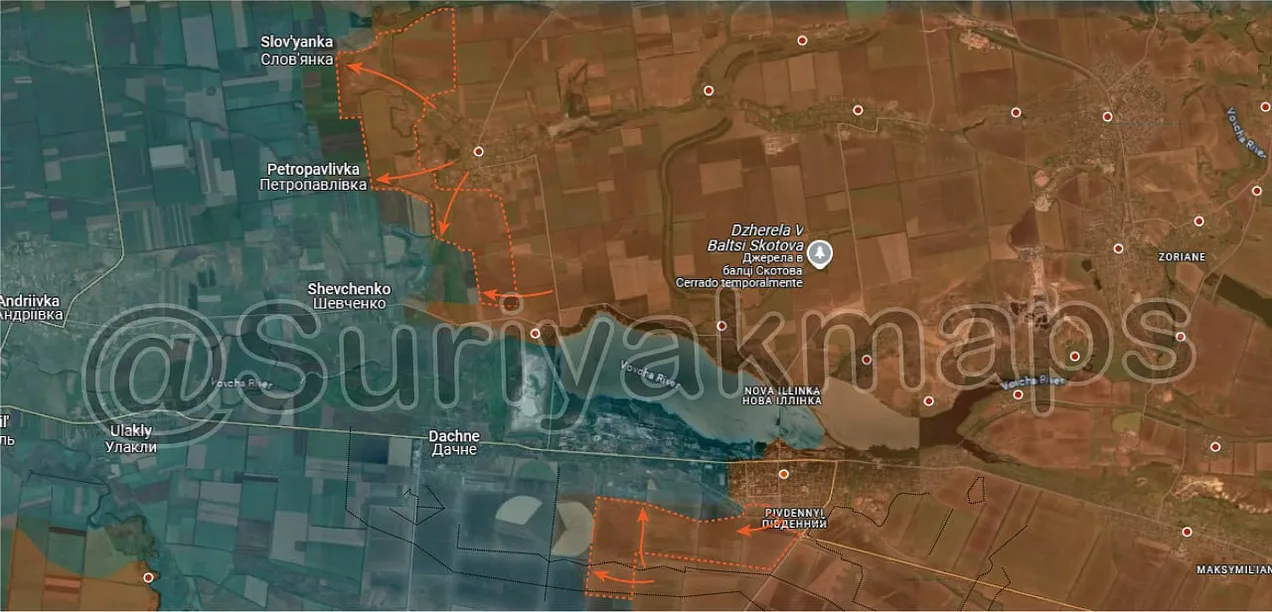
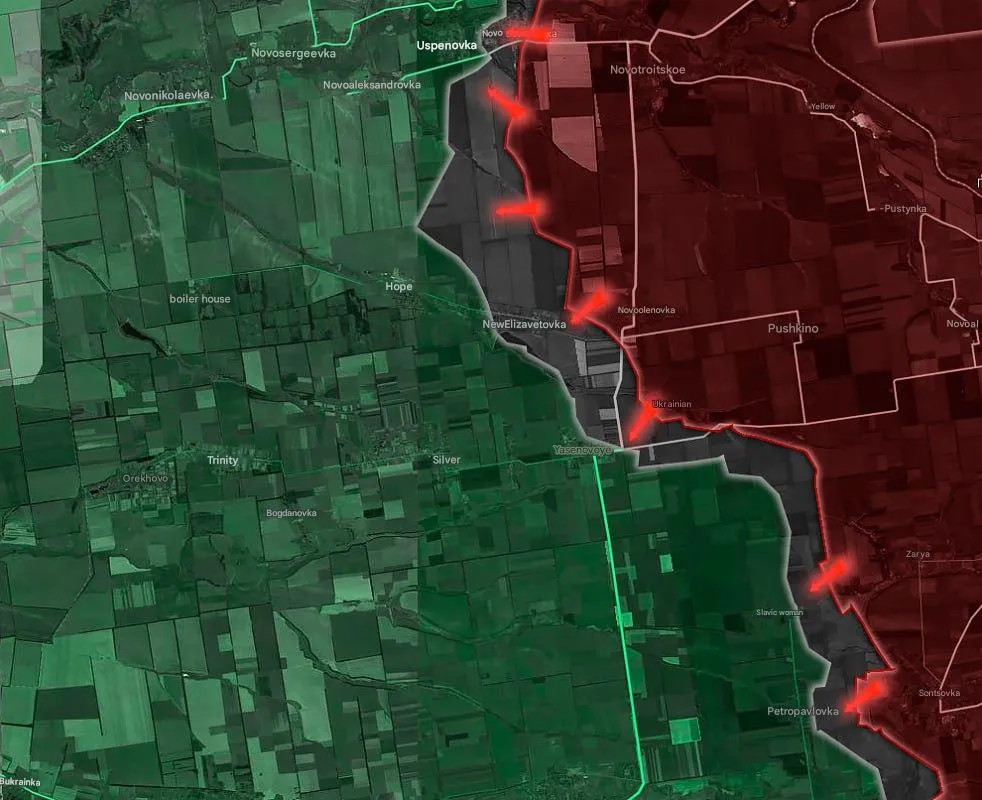
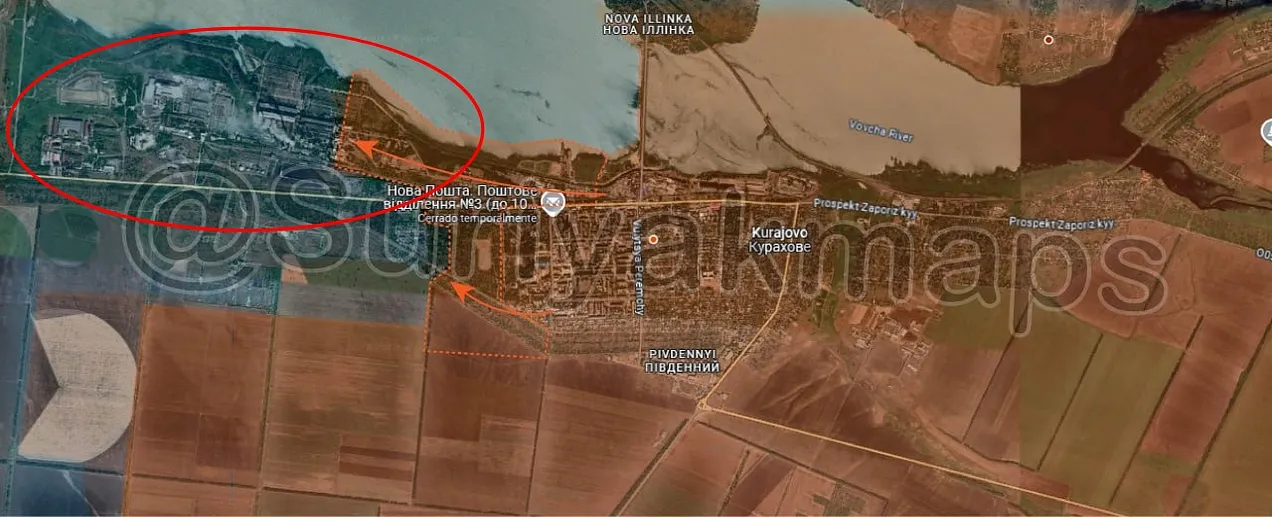
 Dmitri Trenin
Dmitri Trenin

